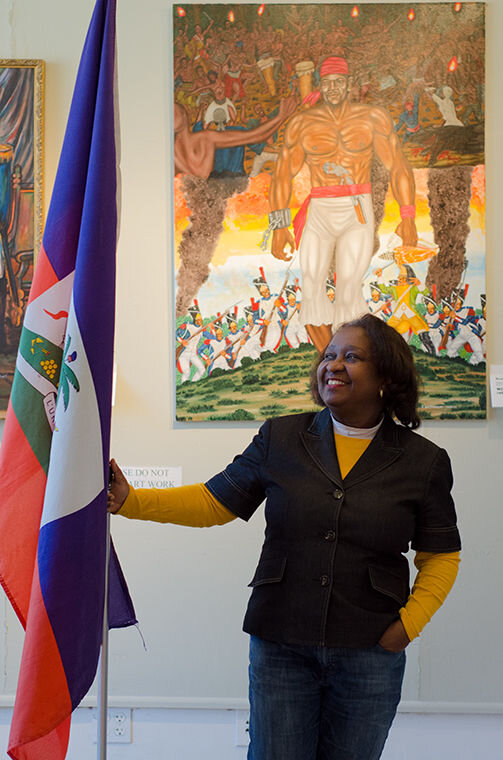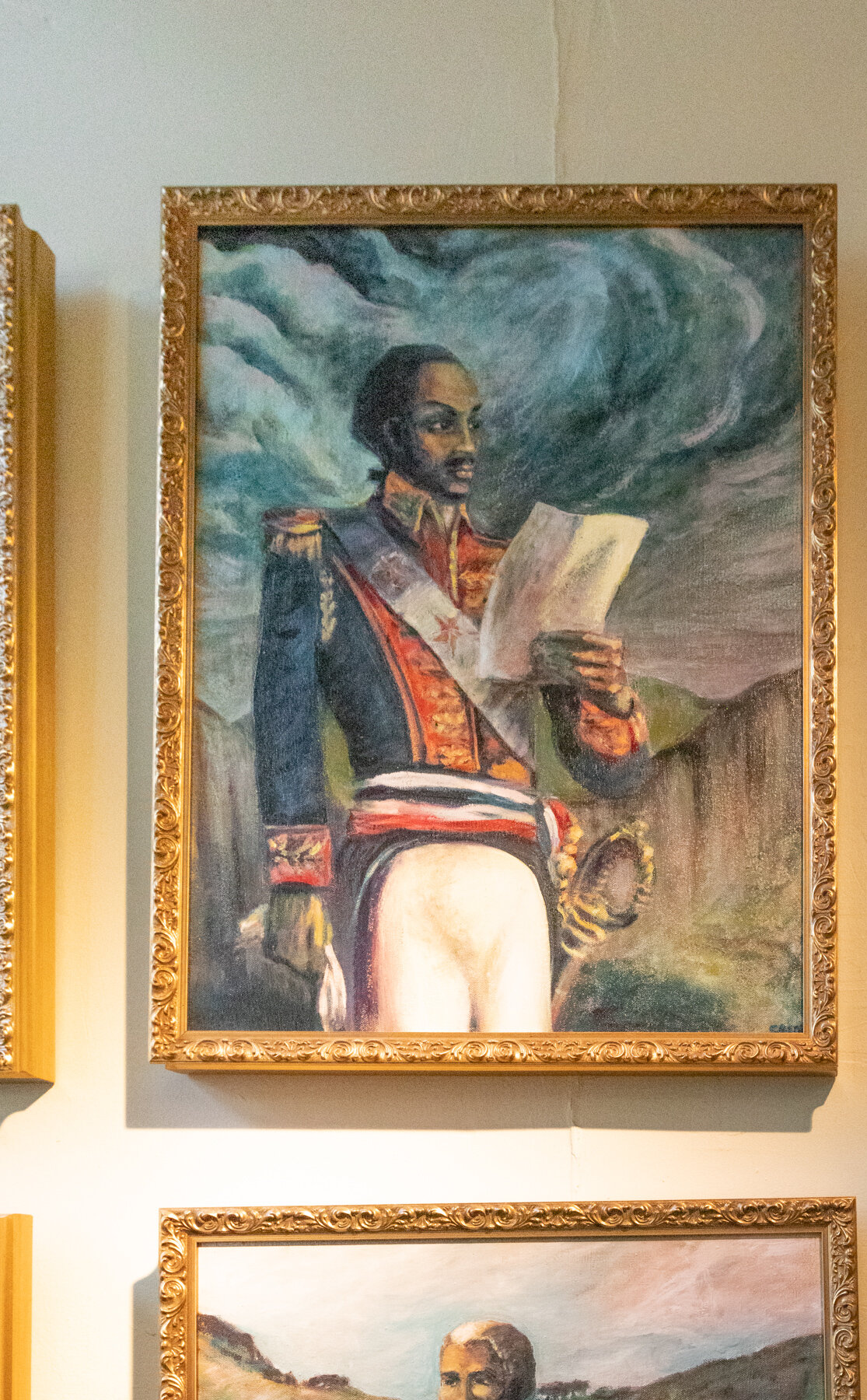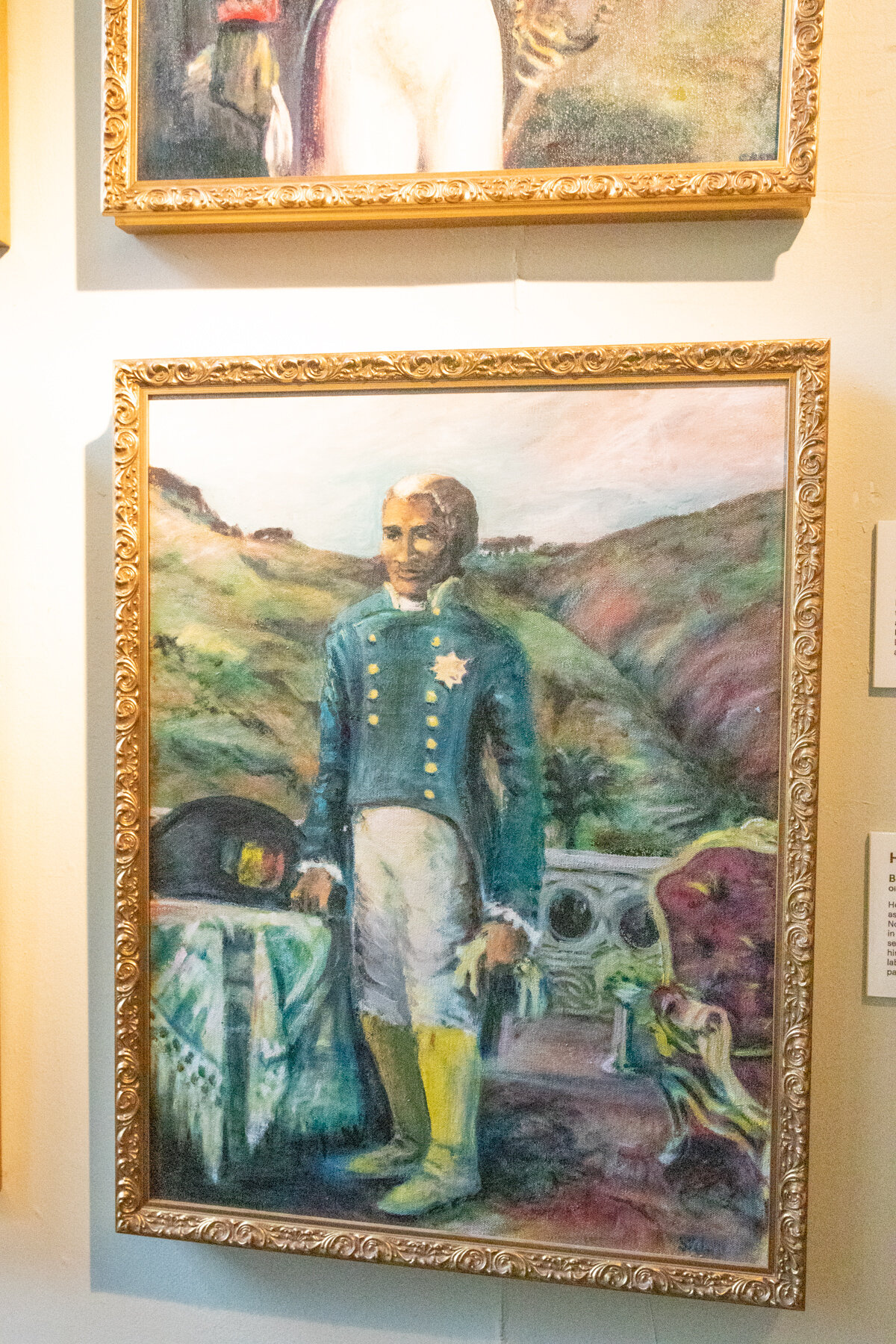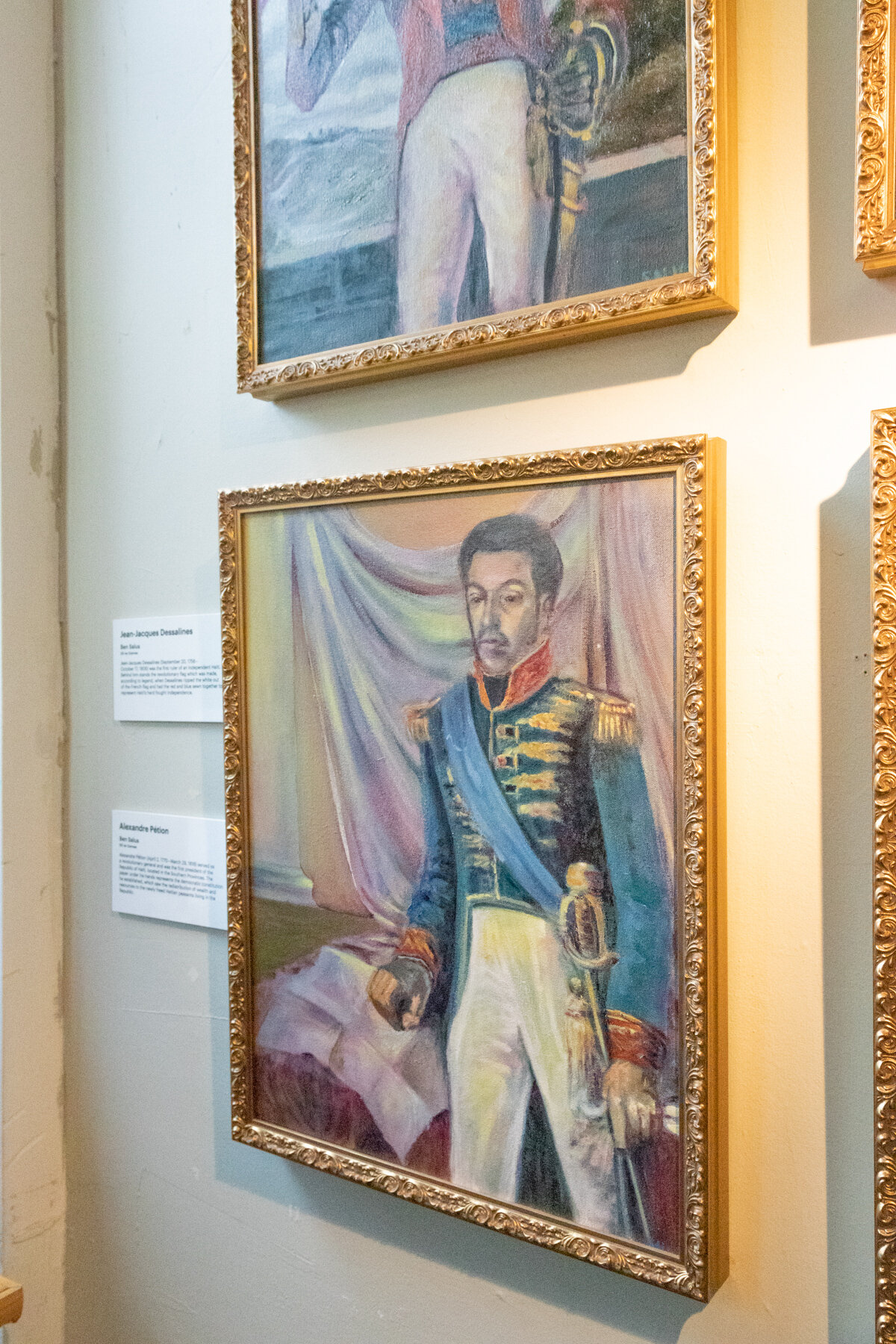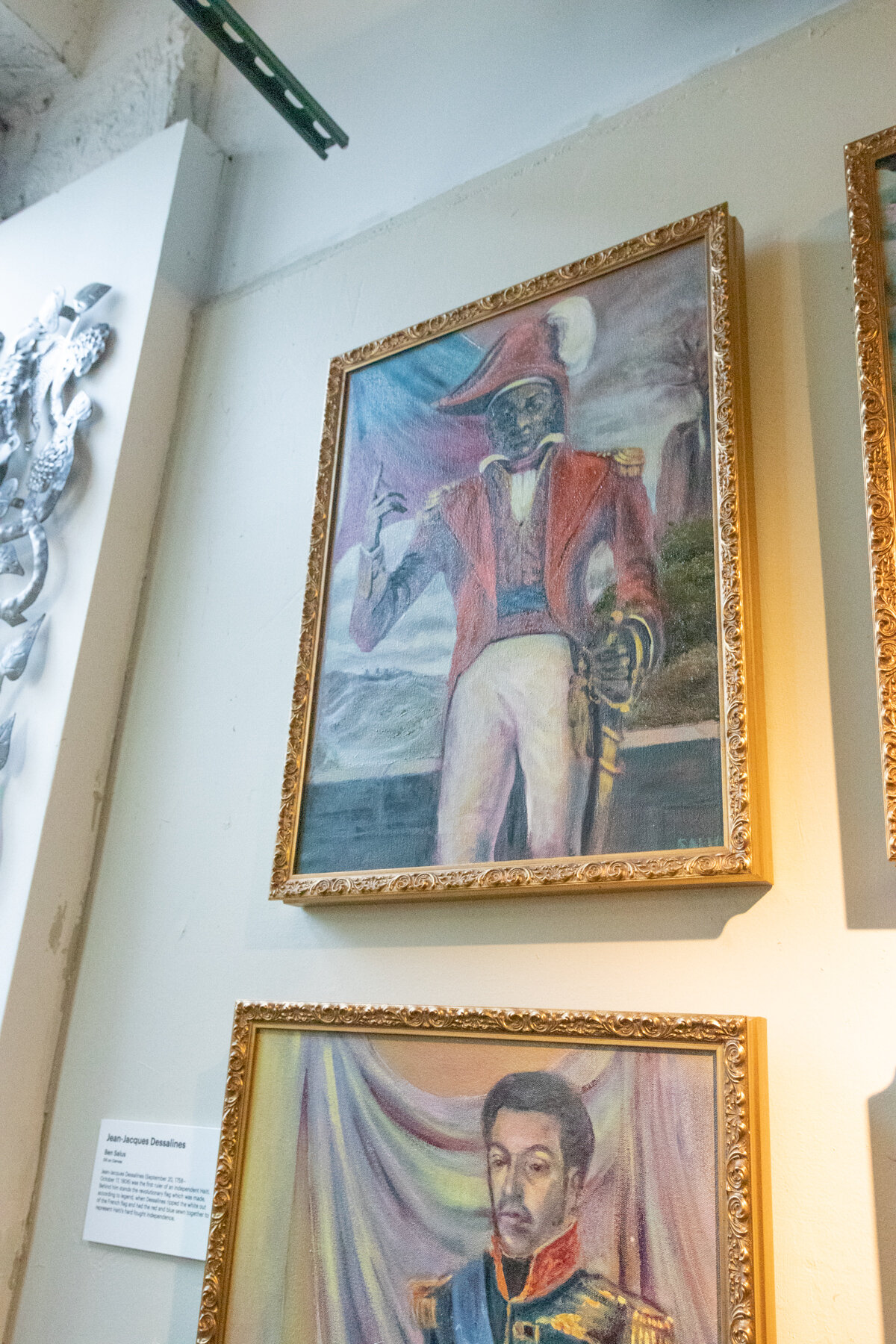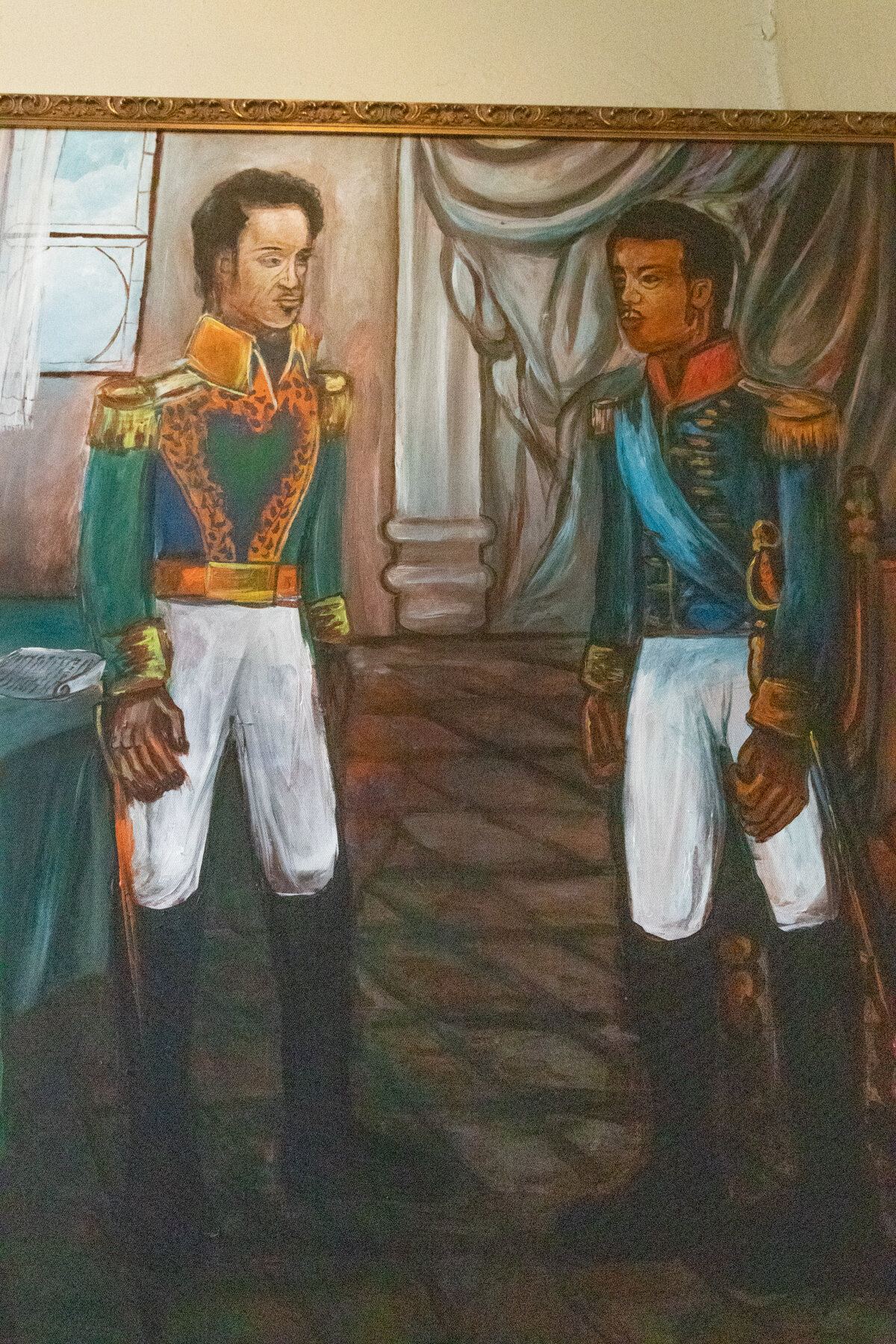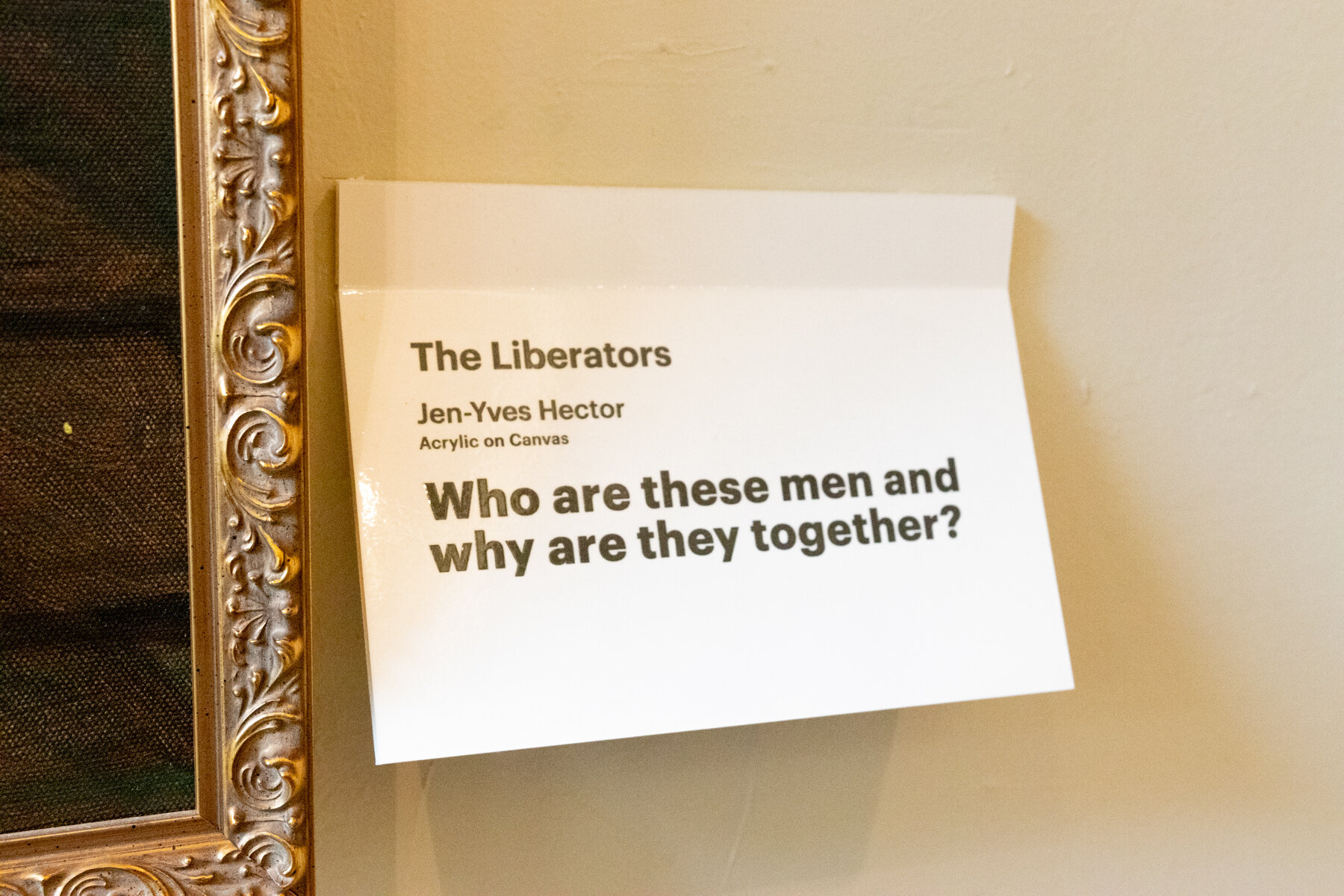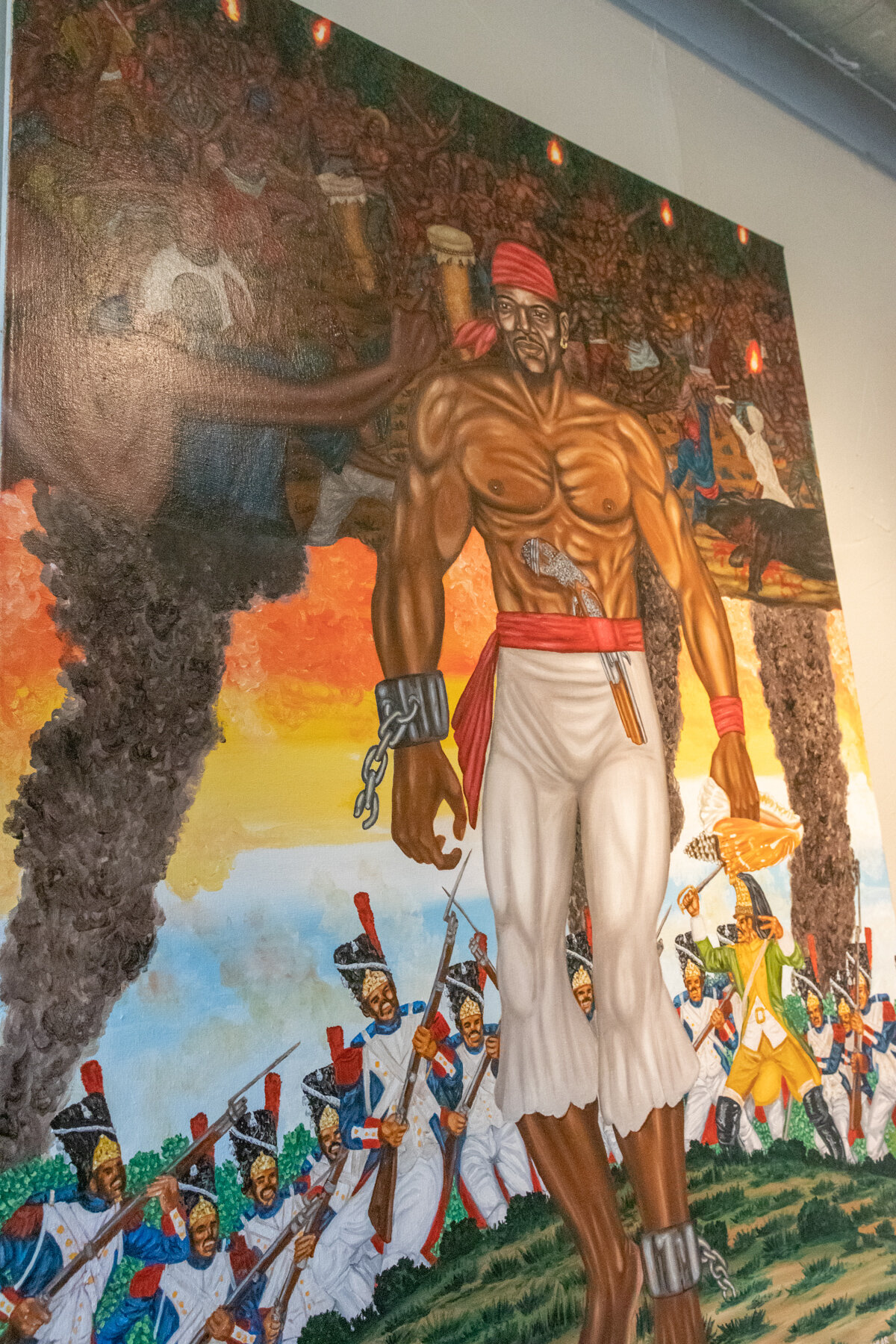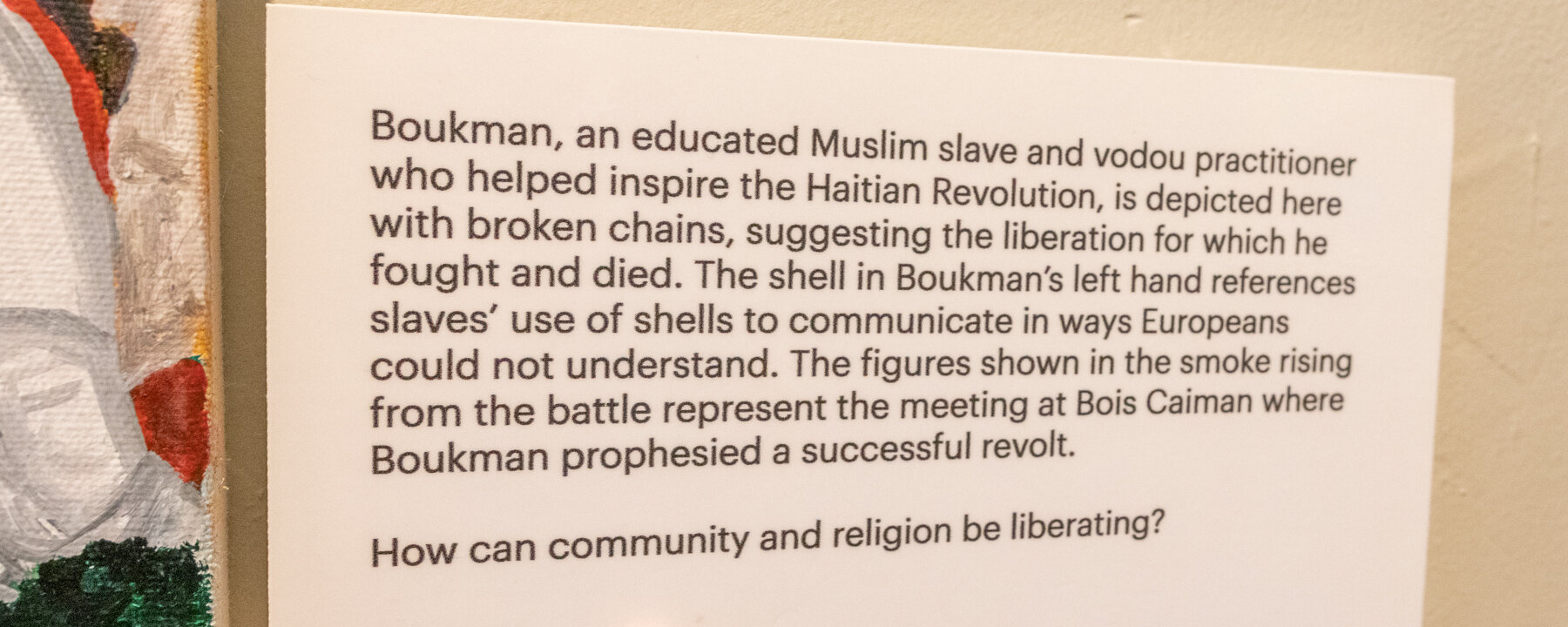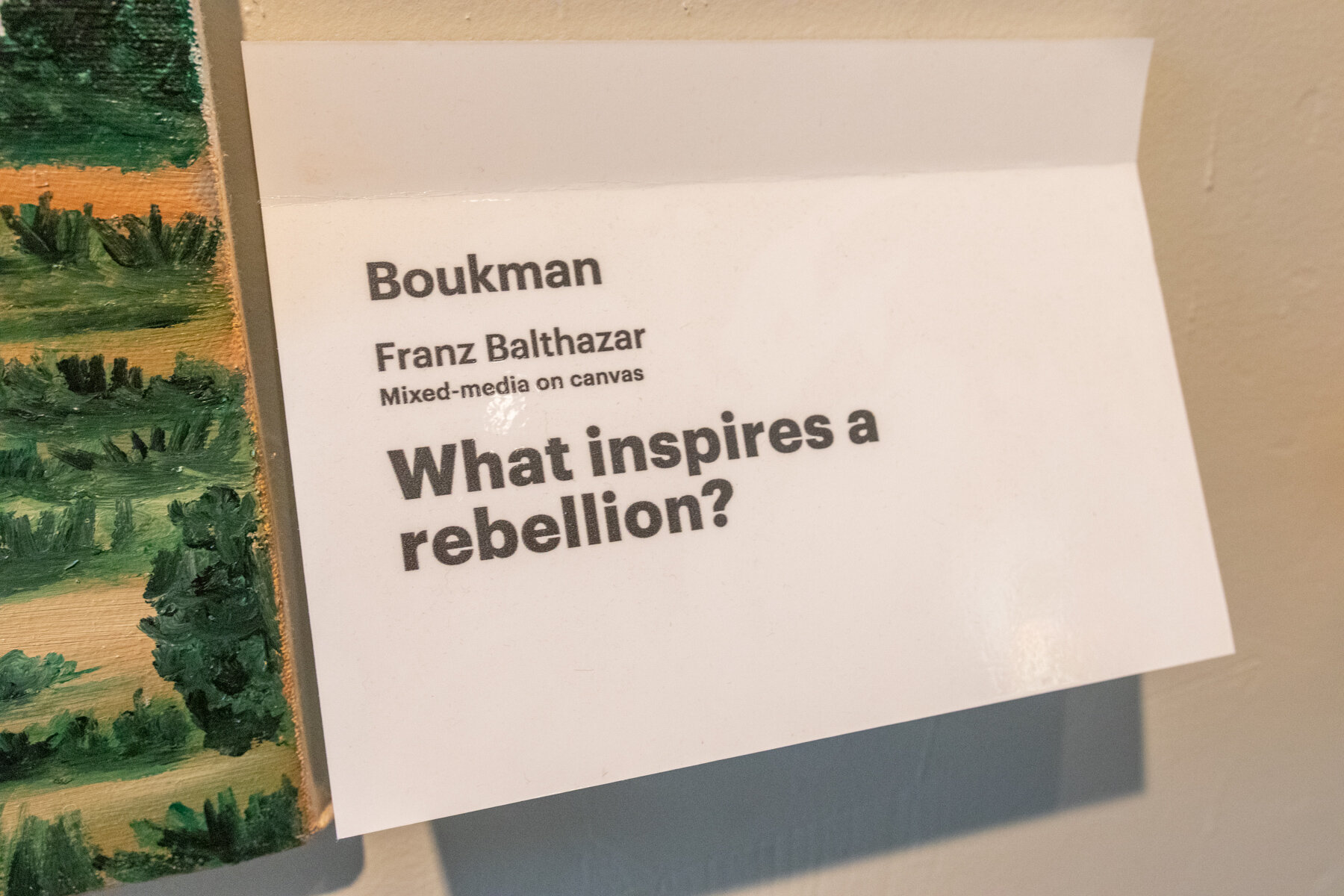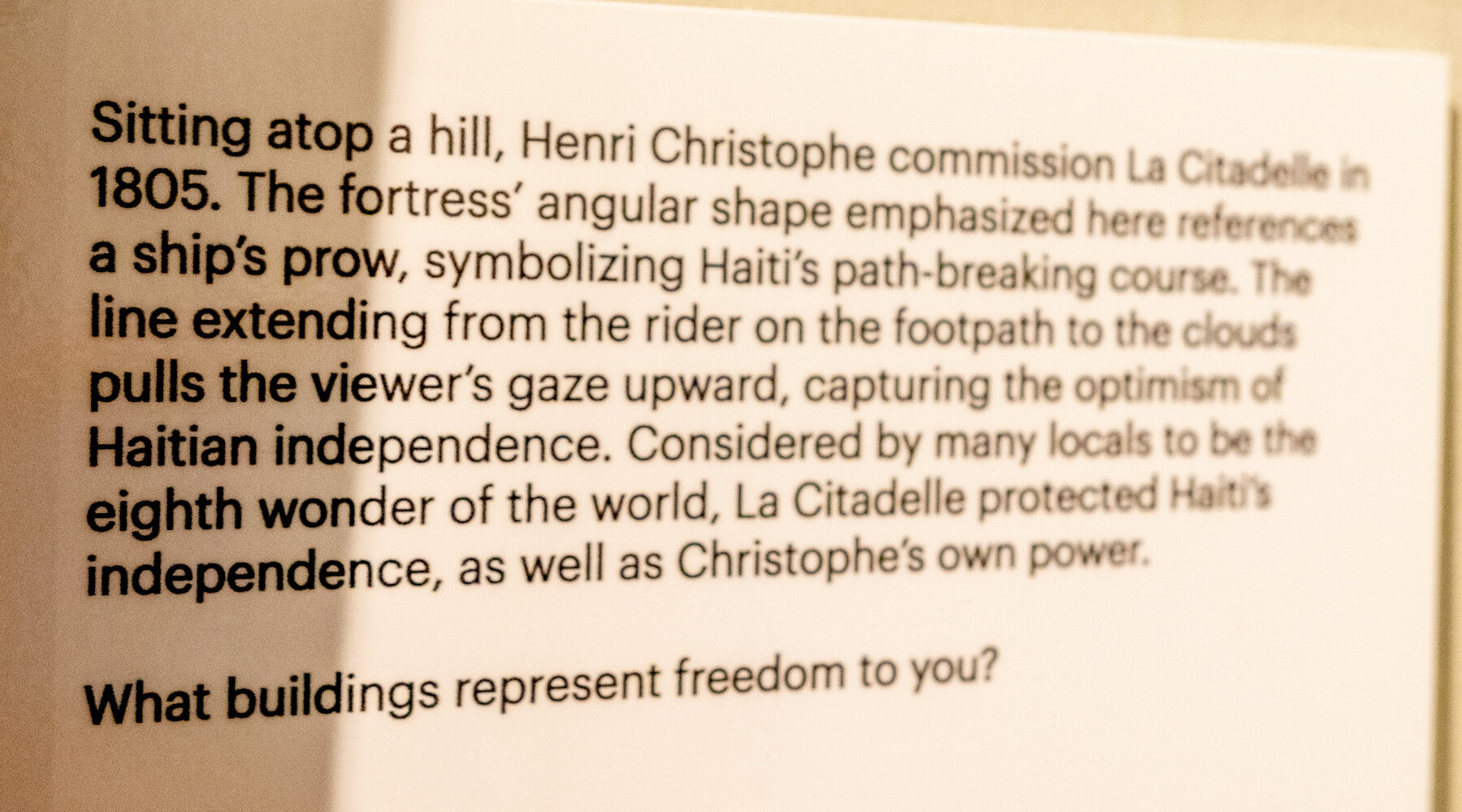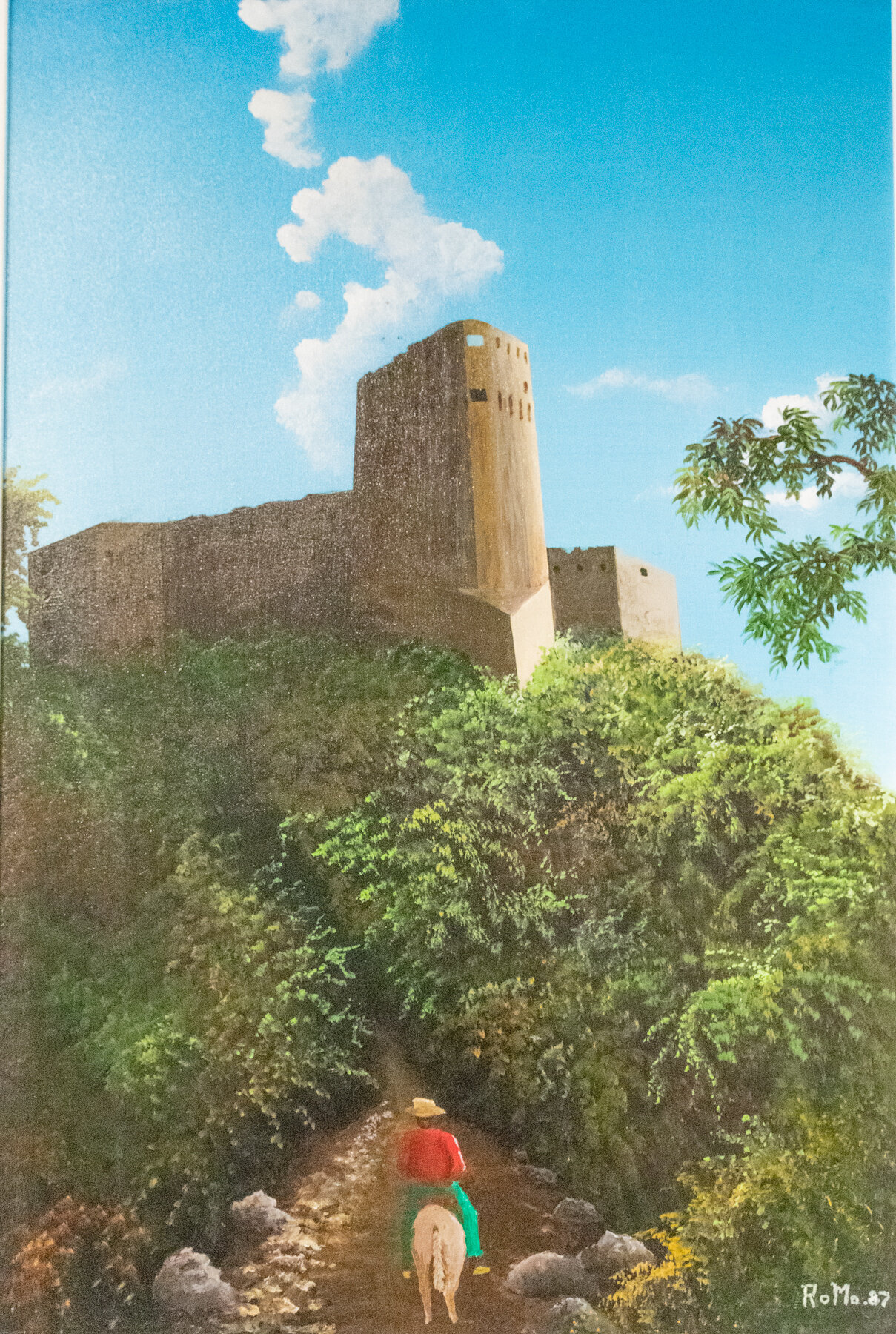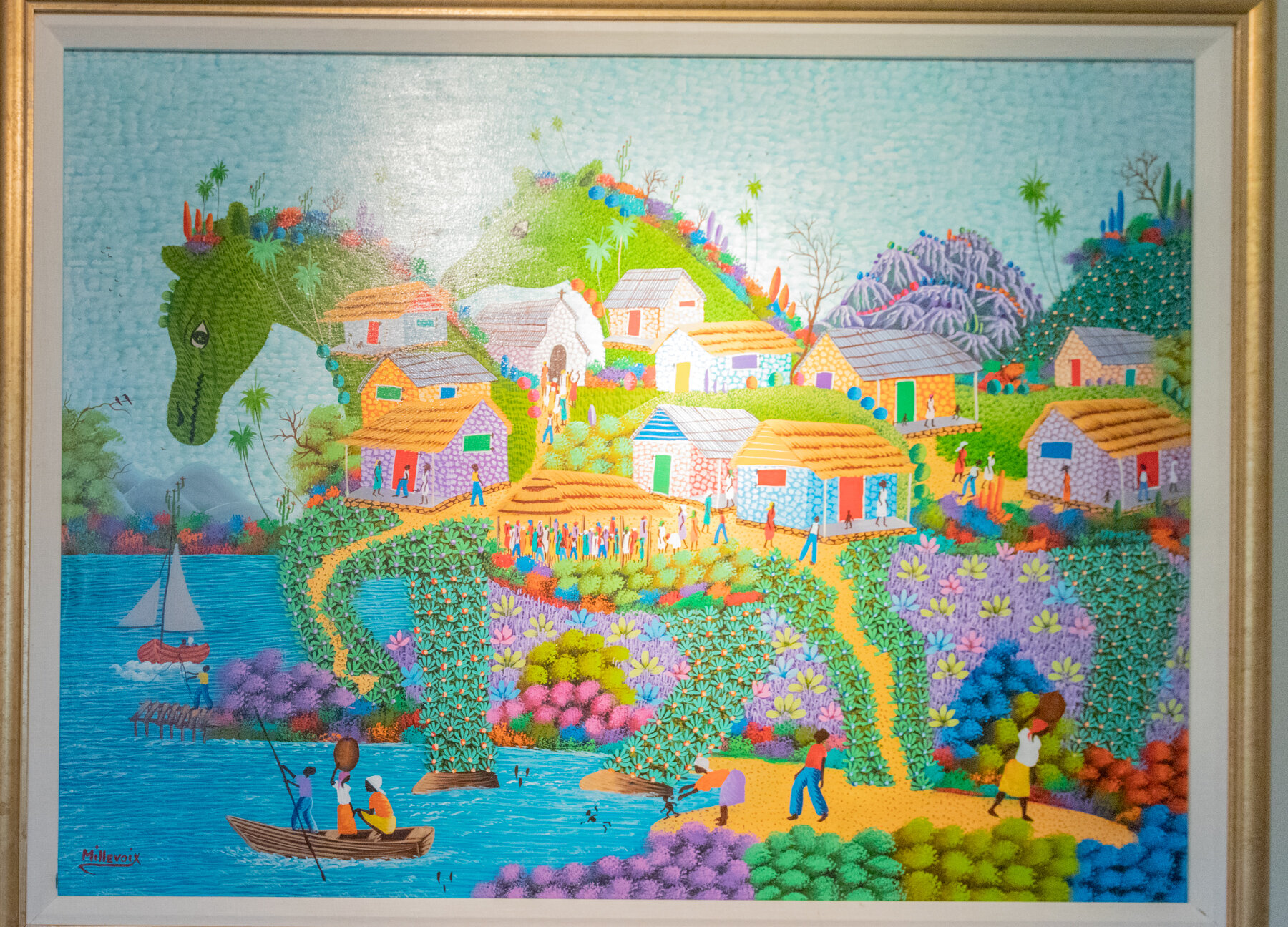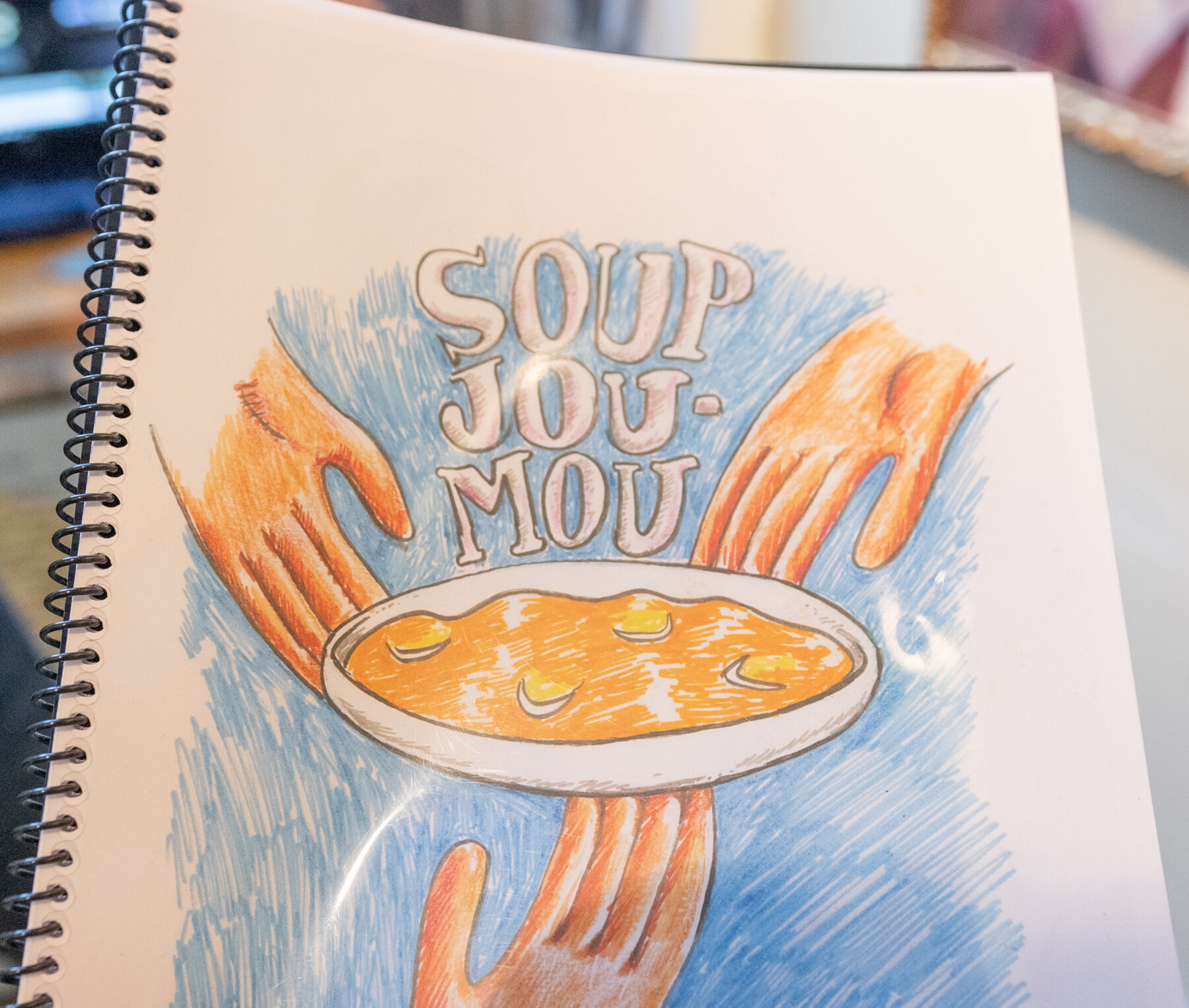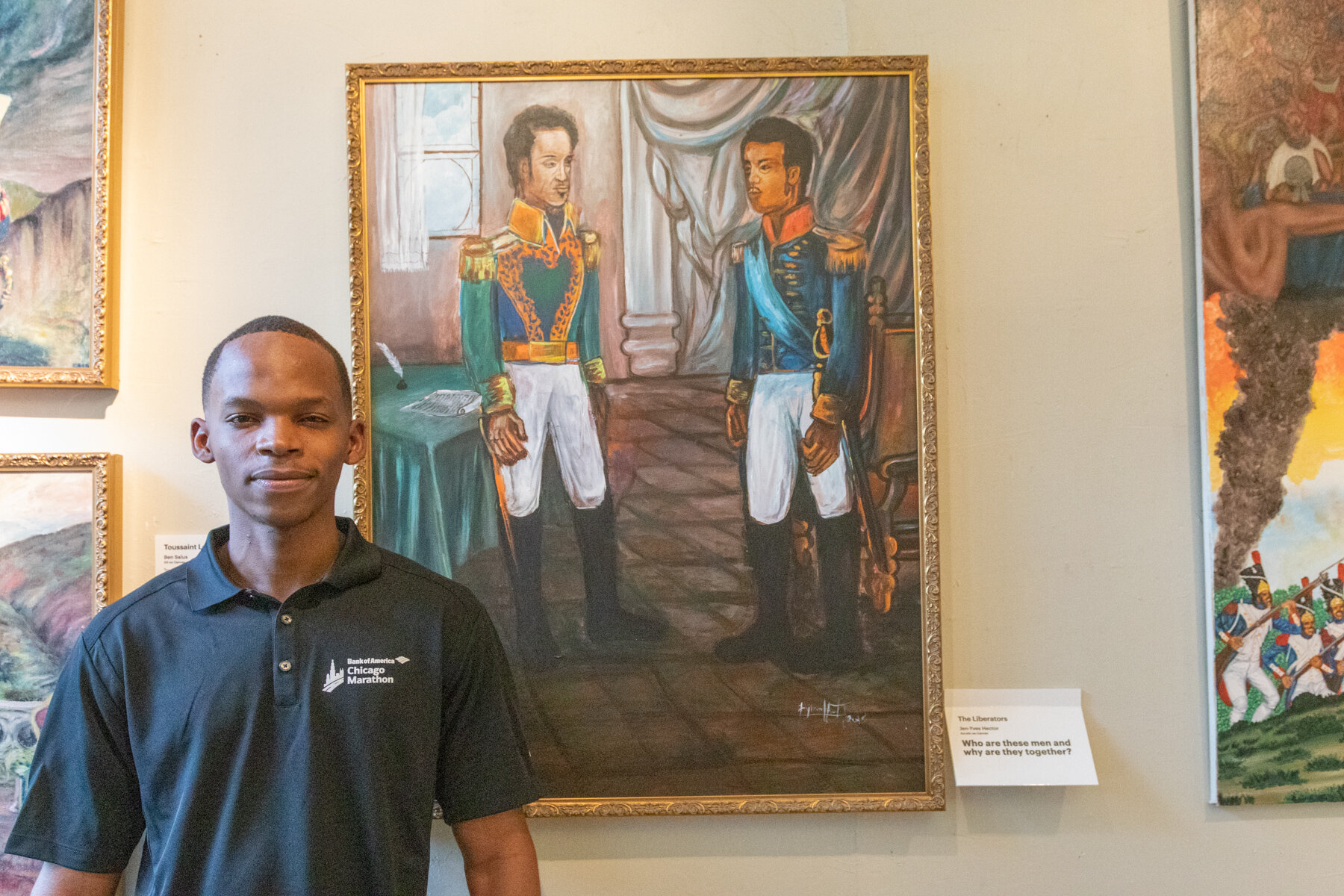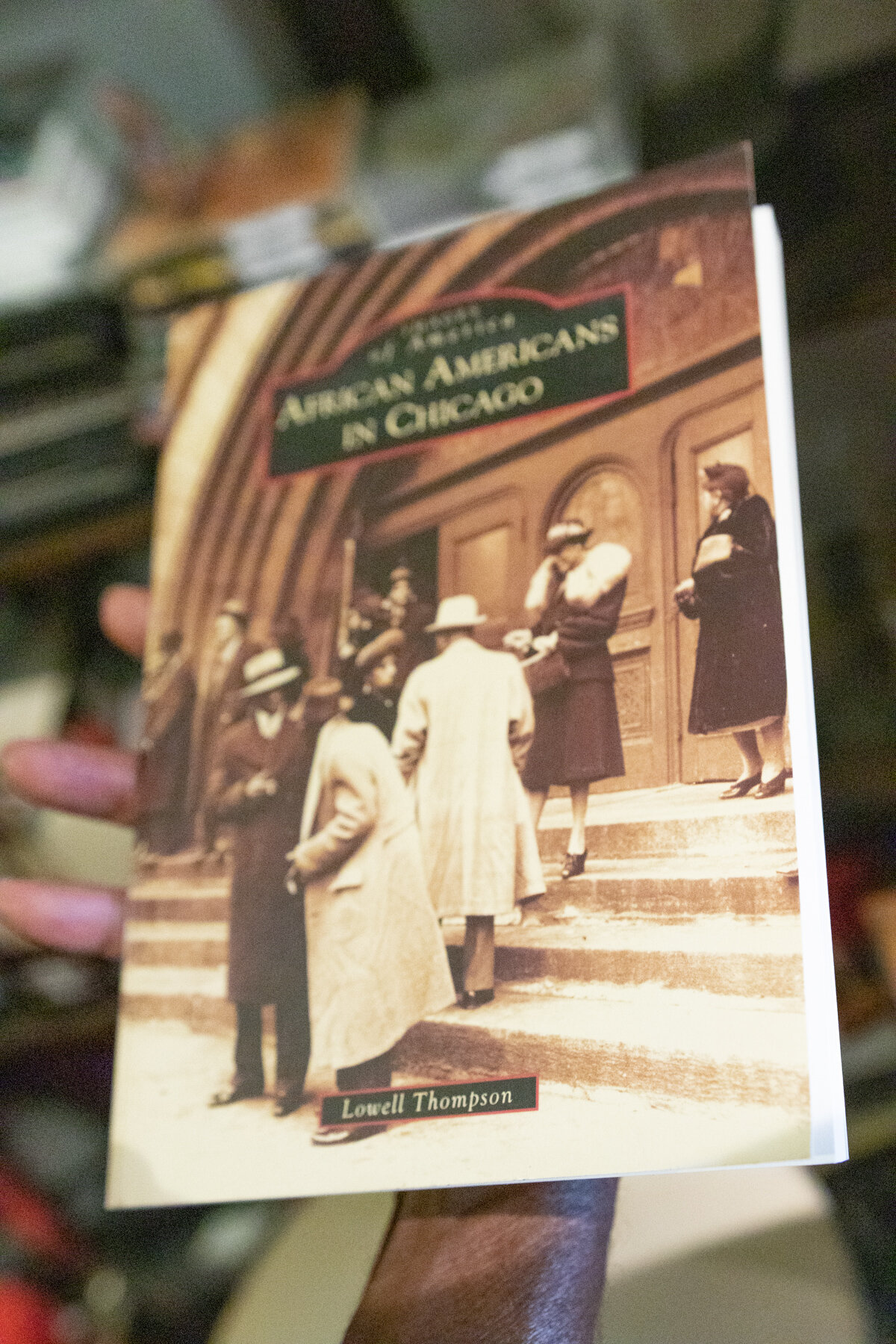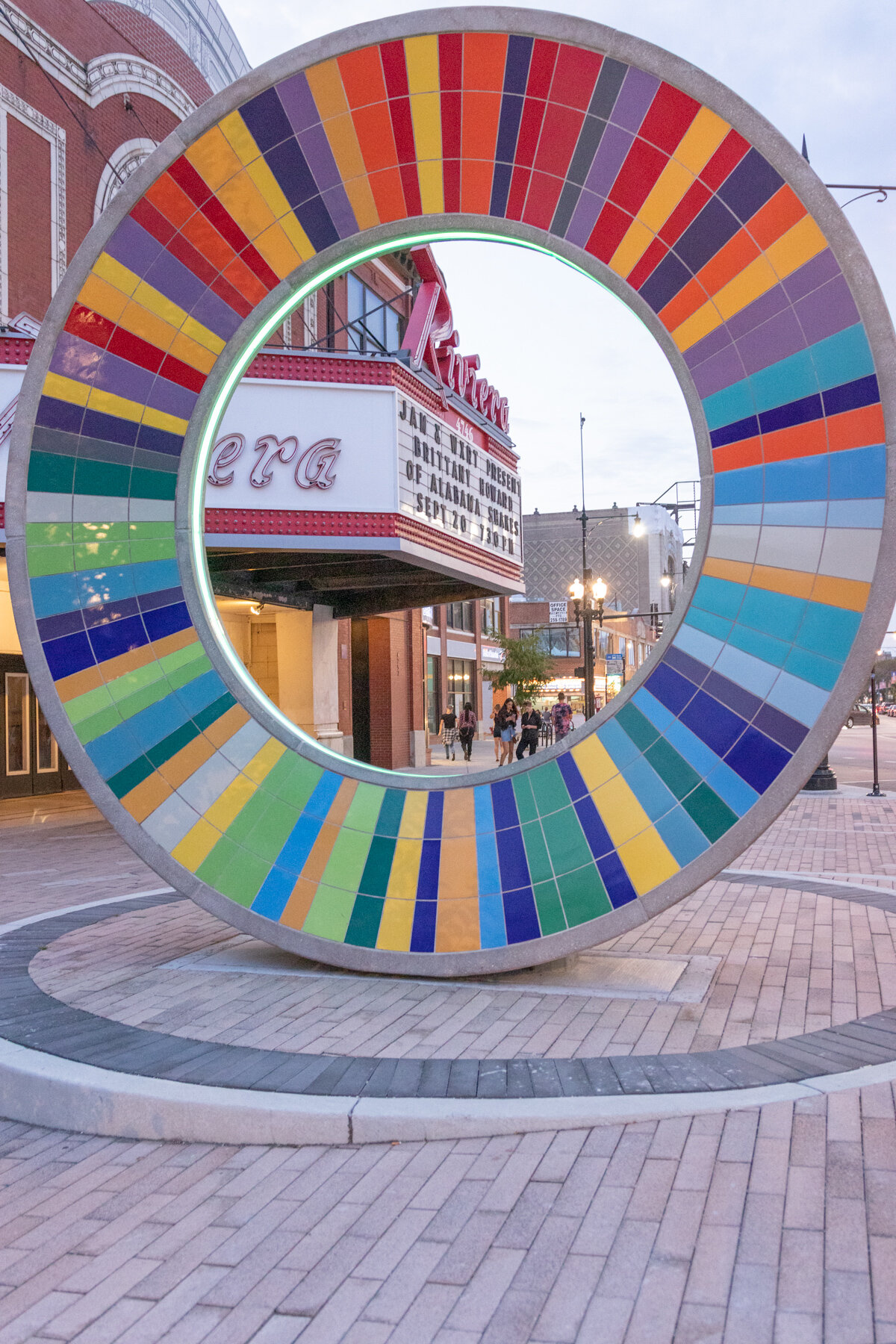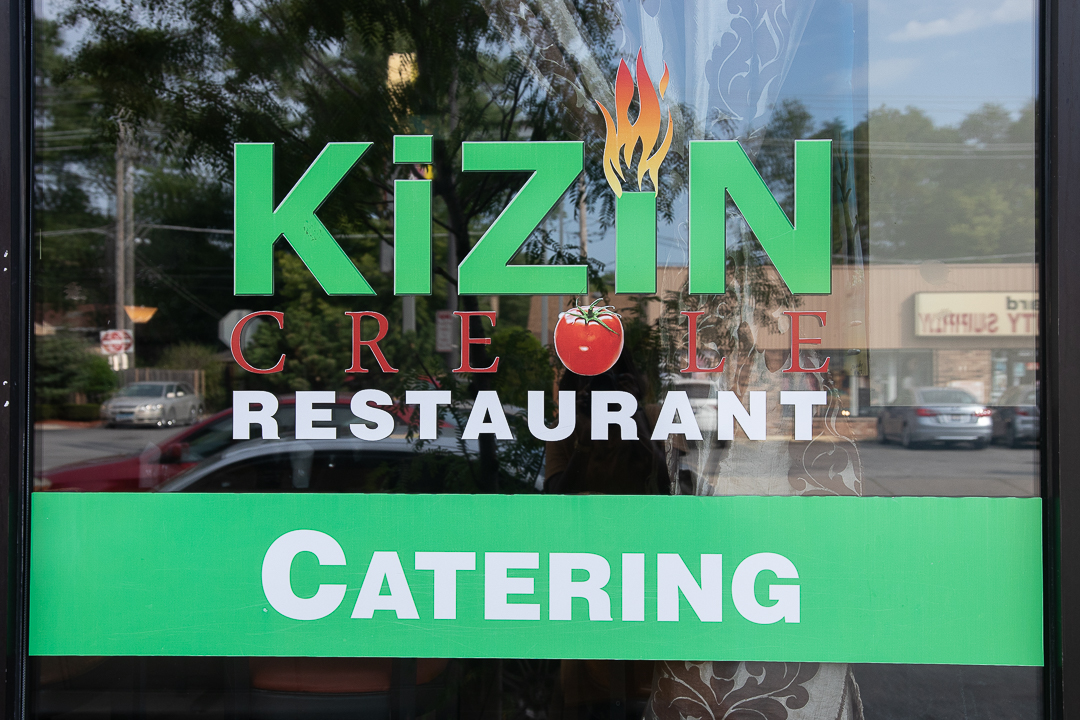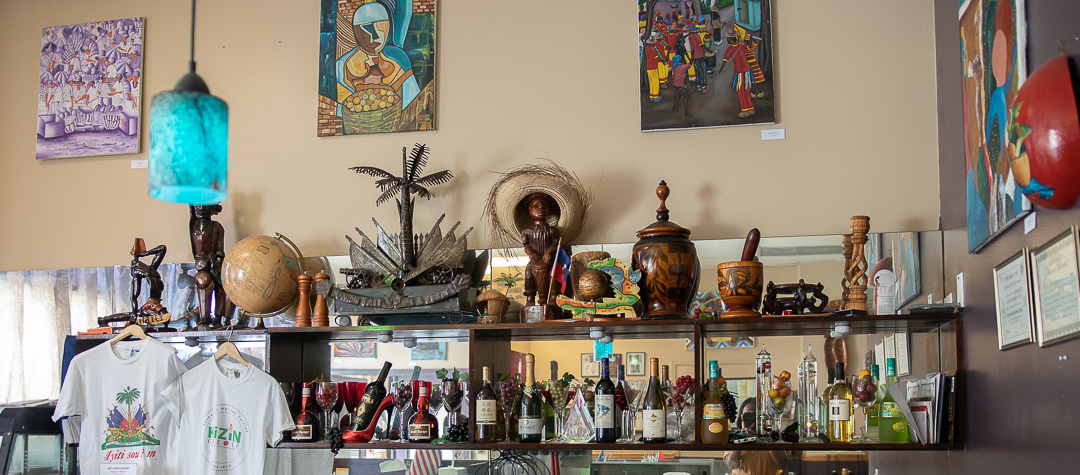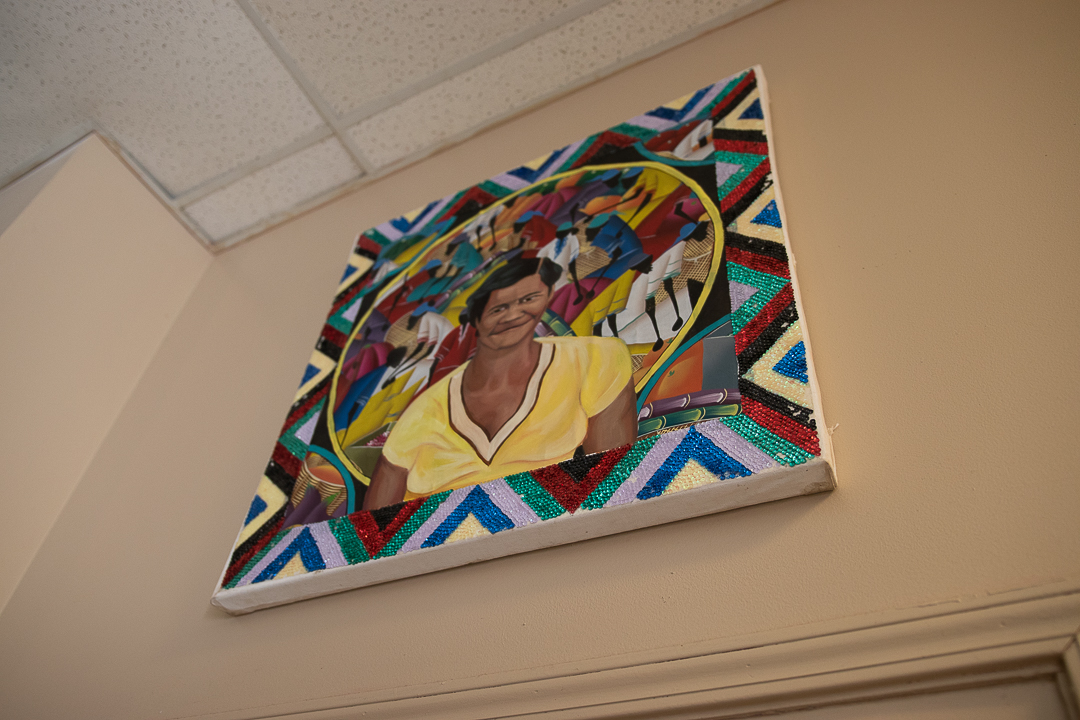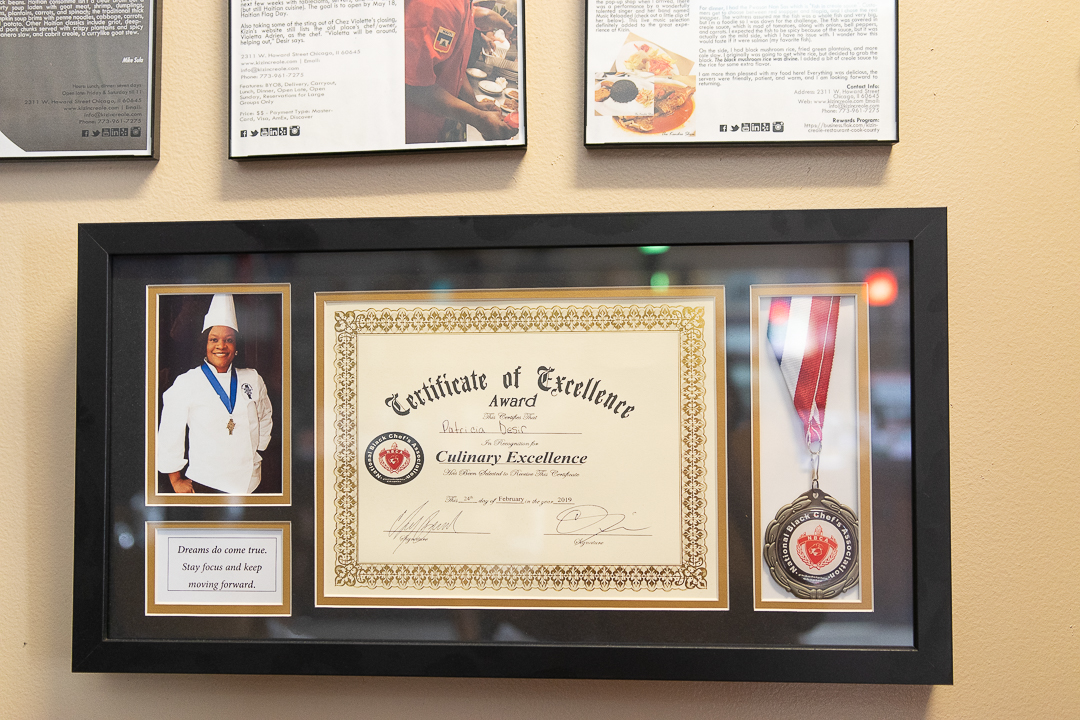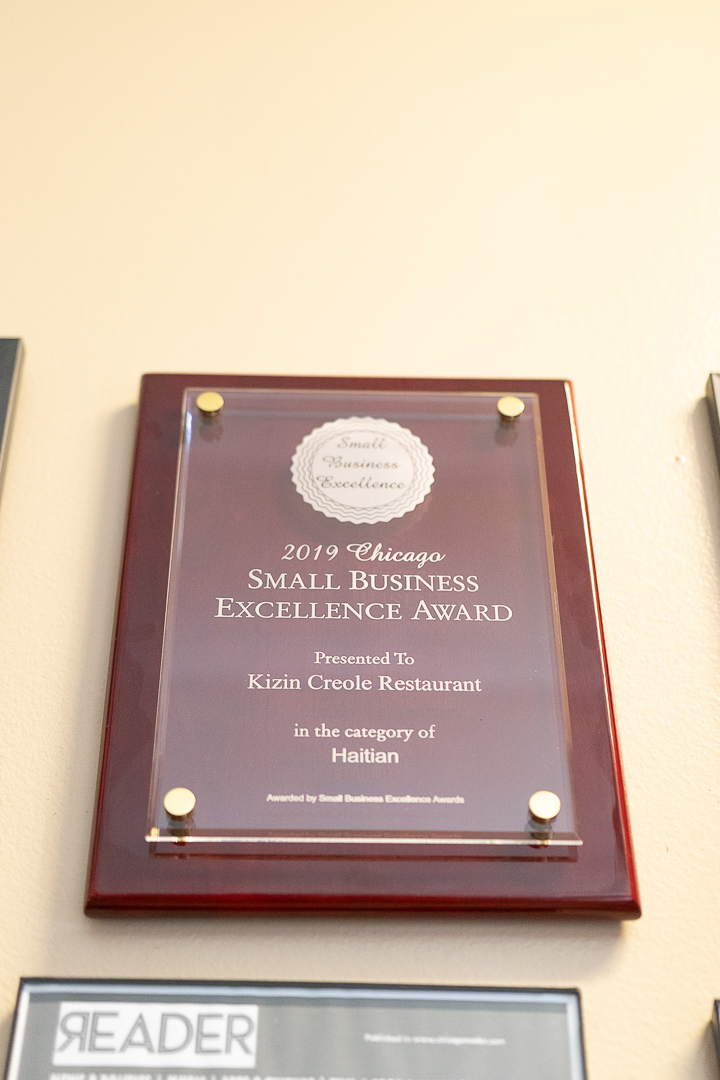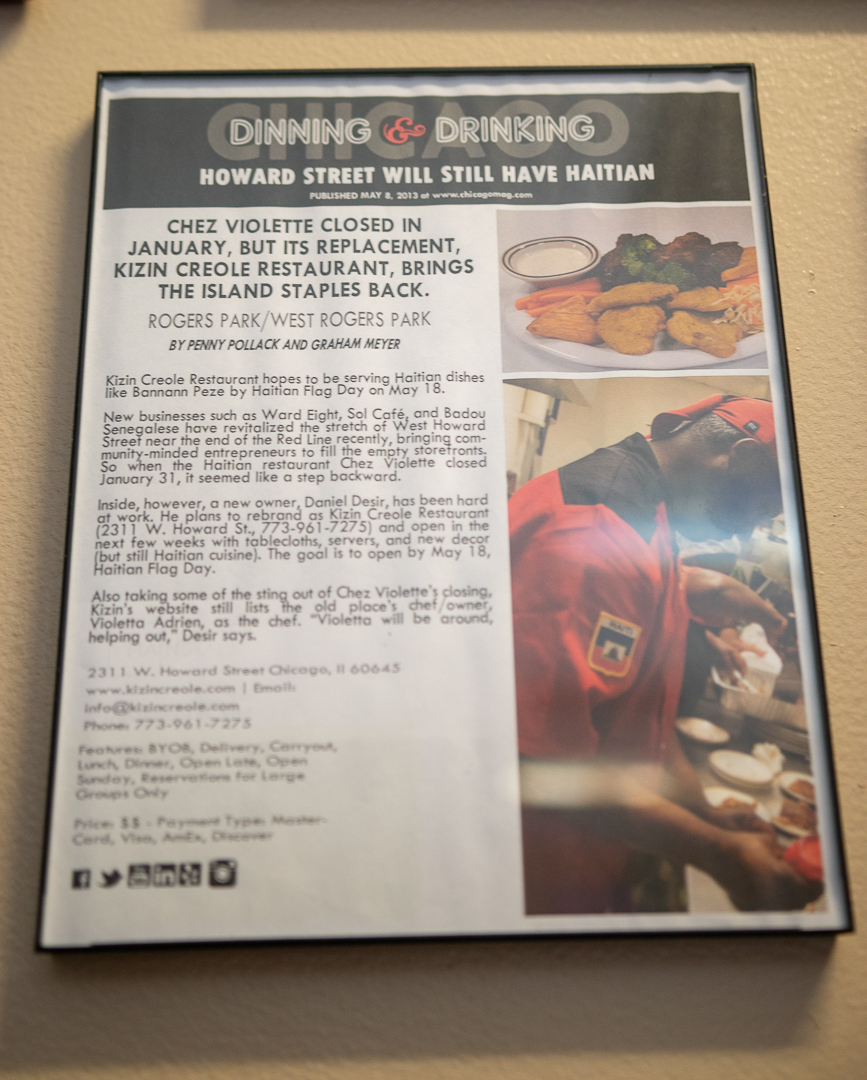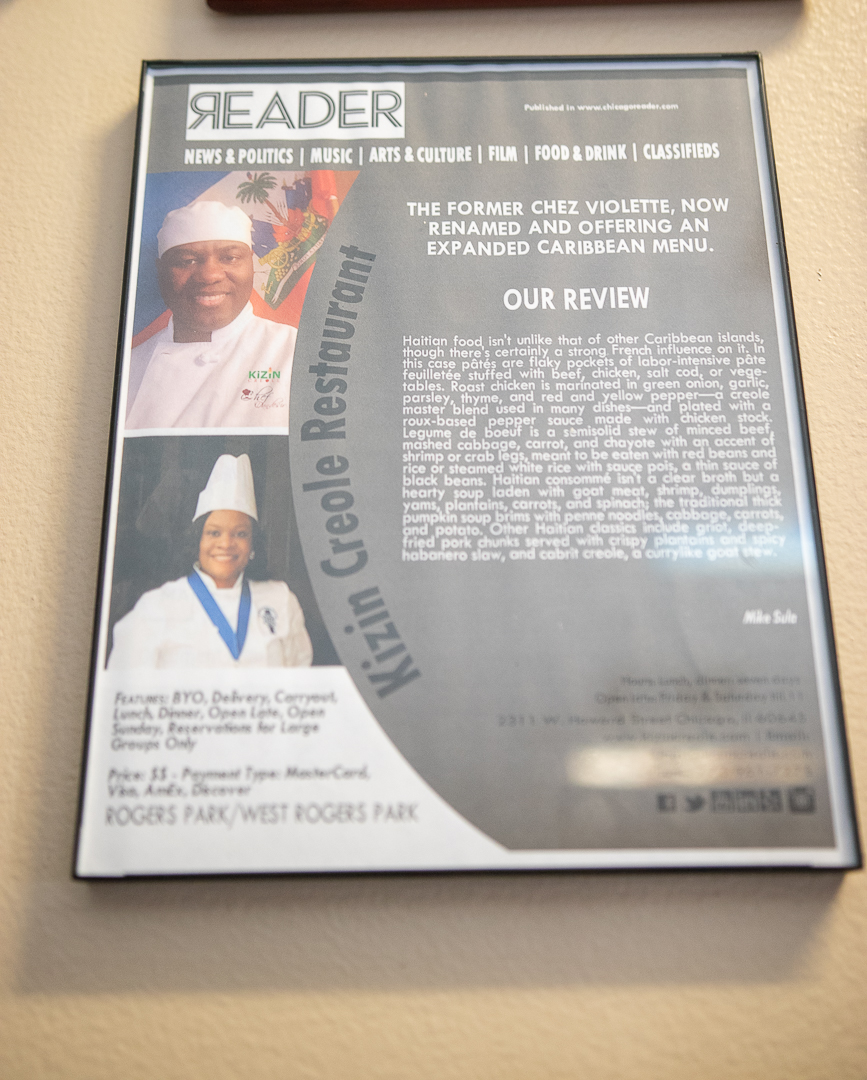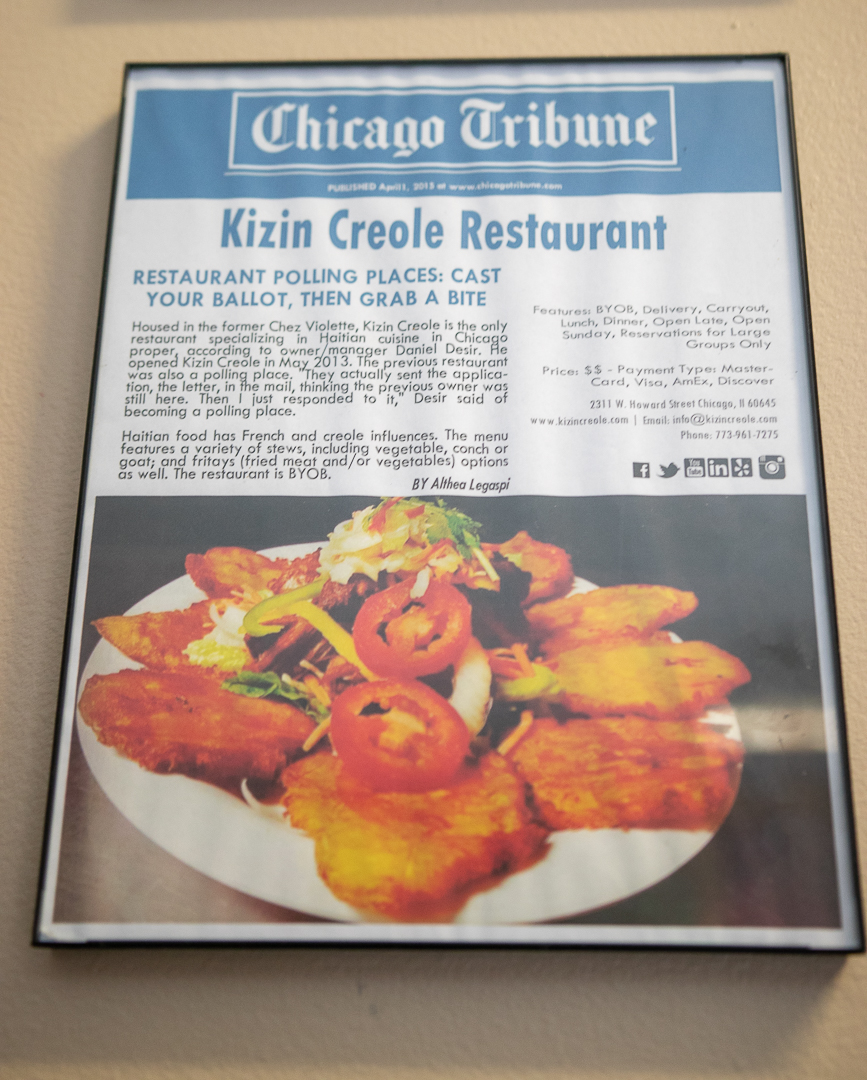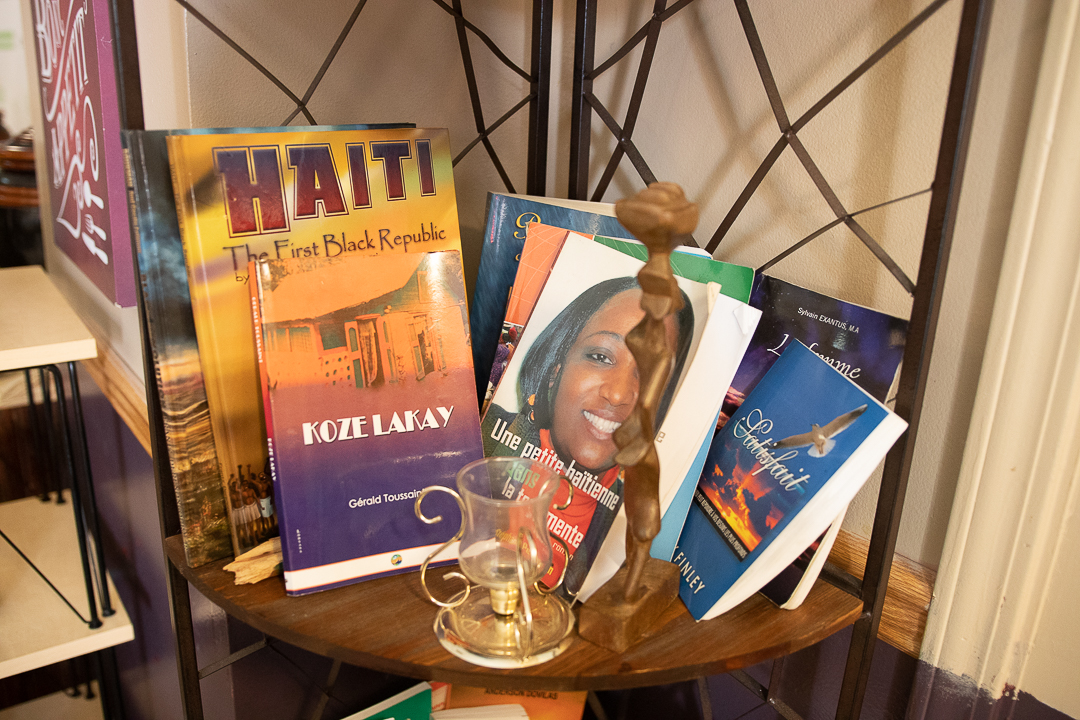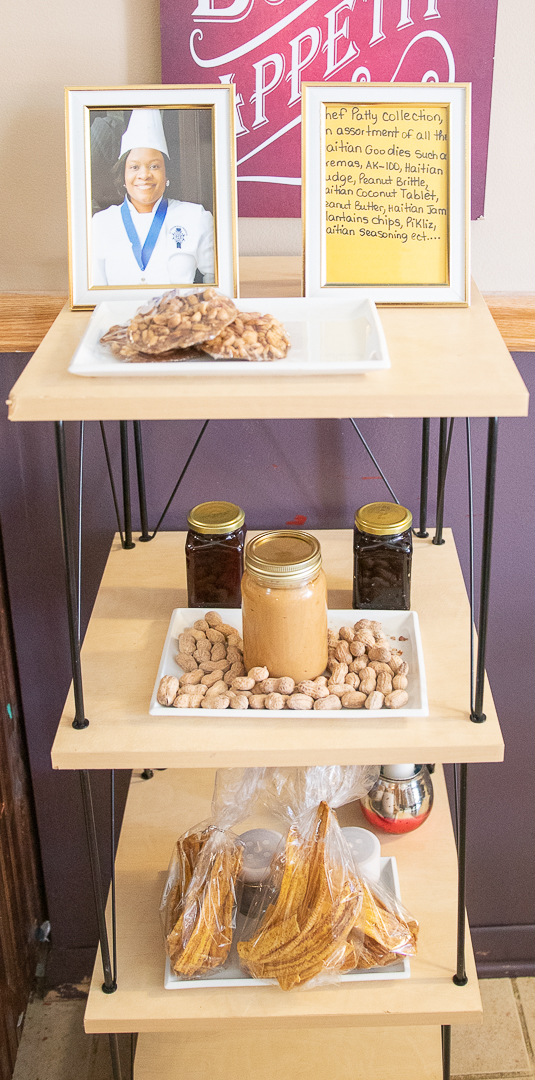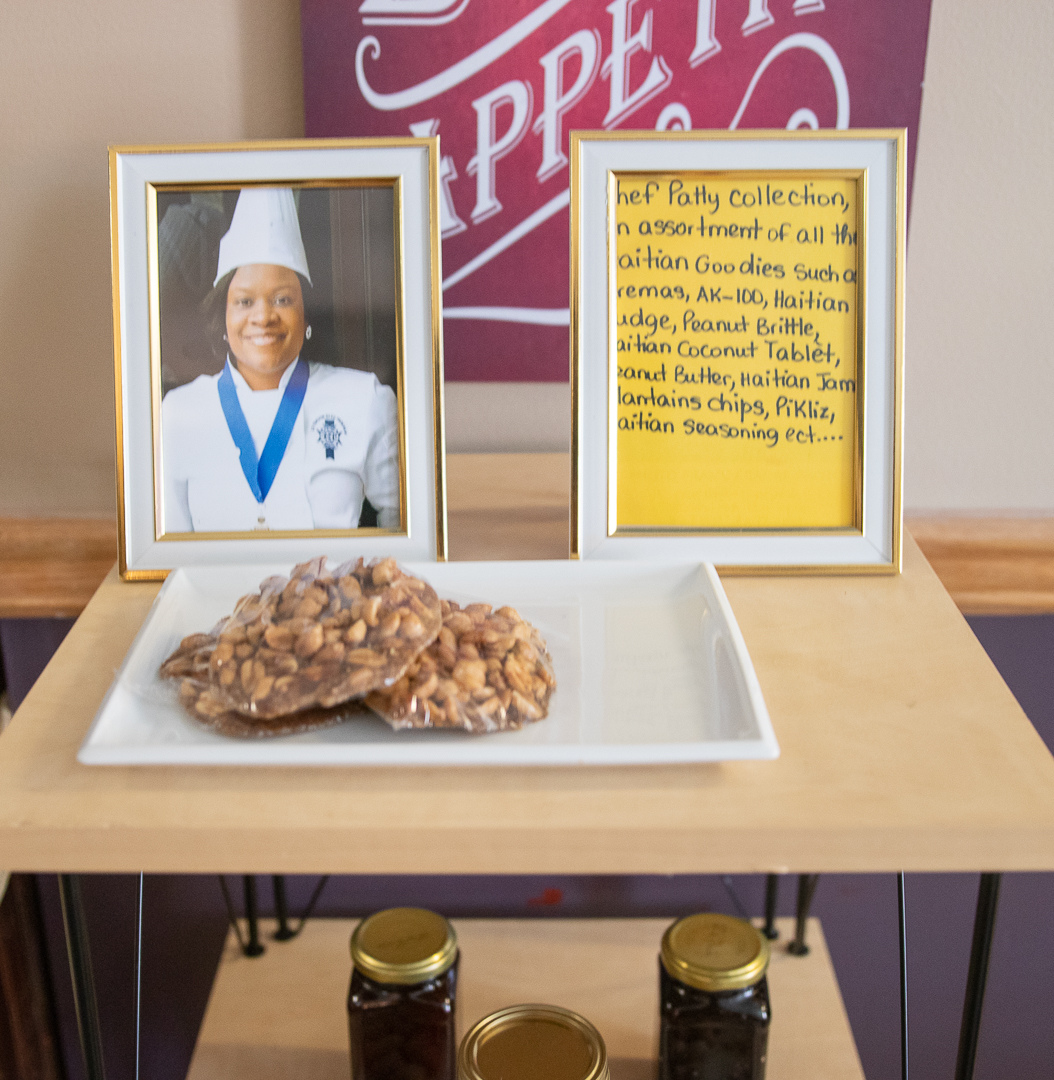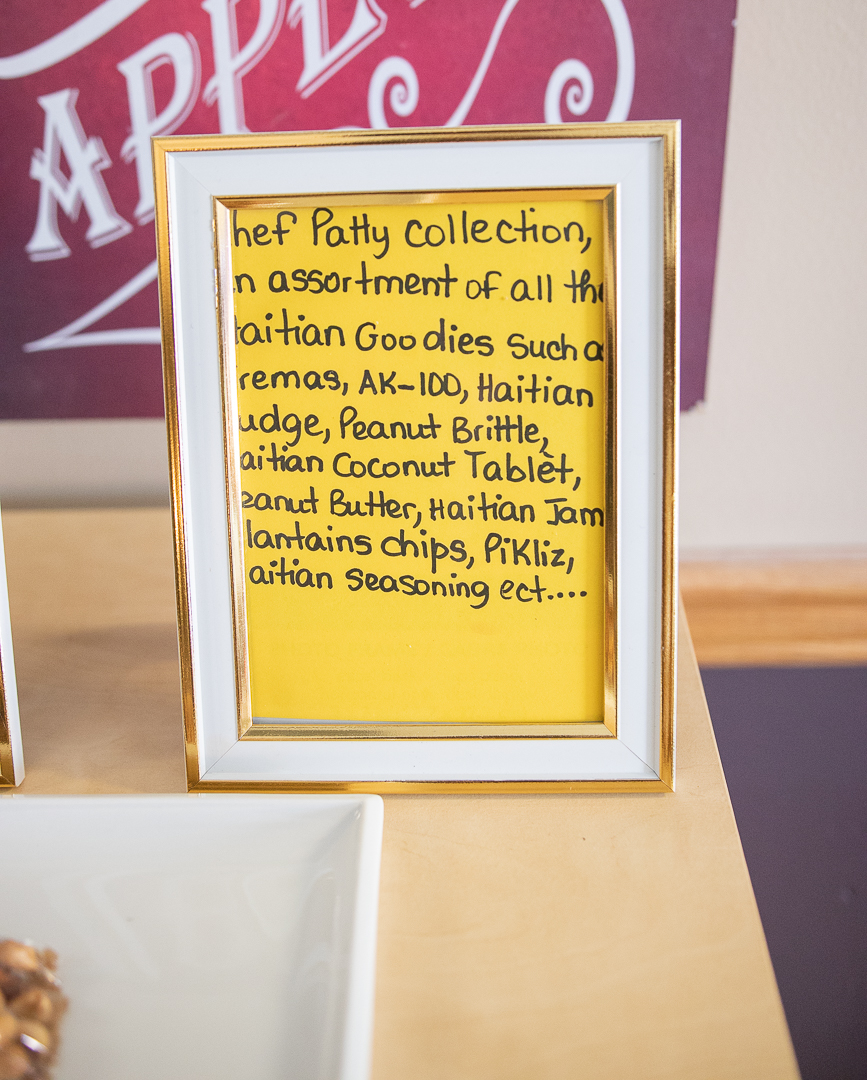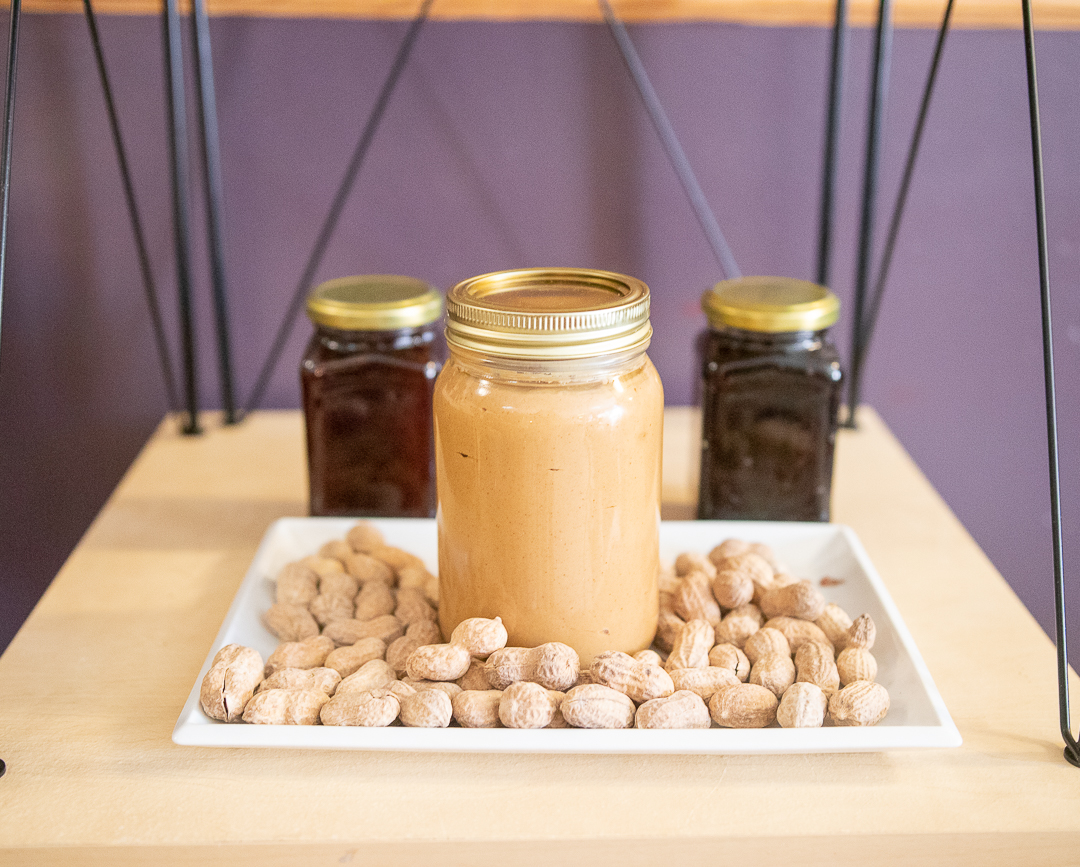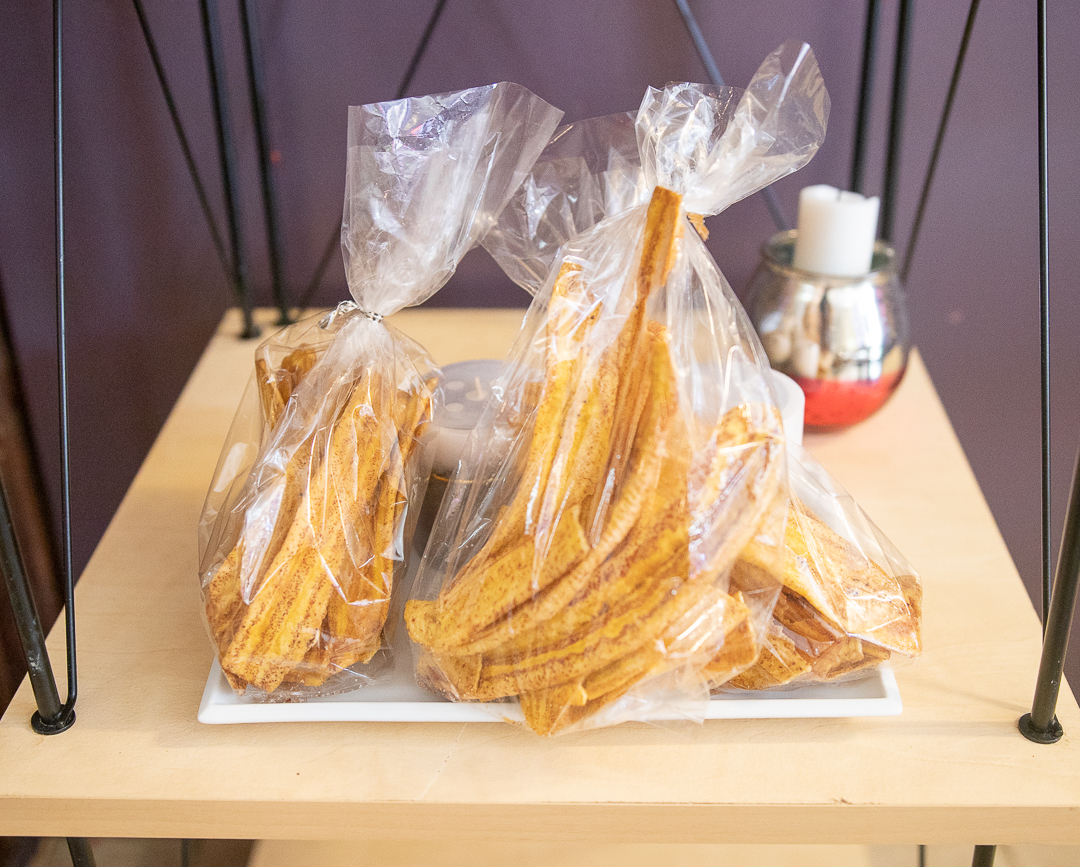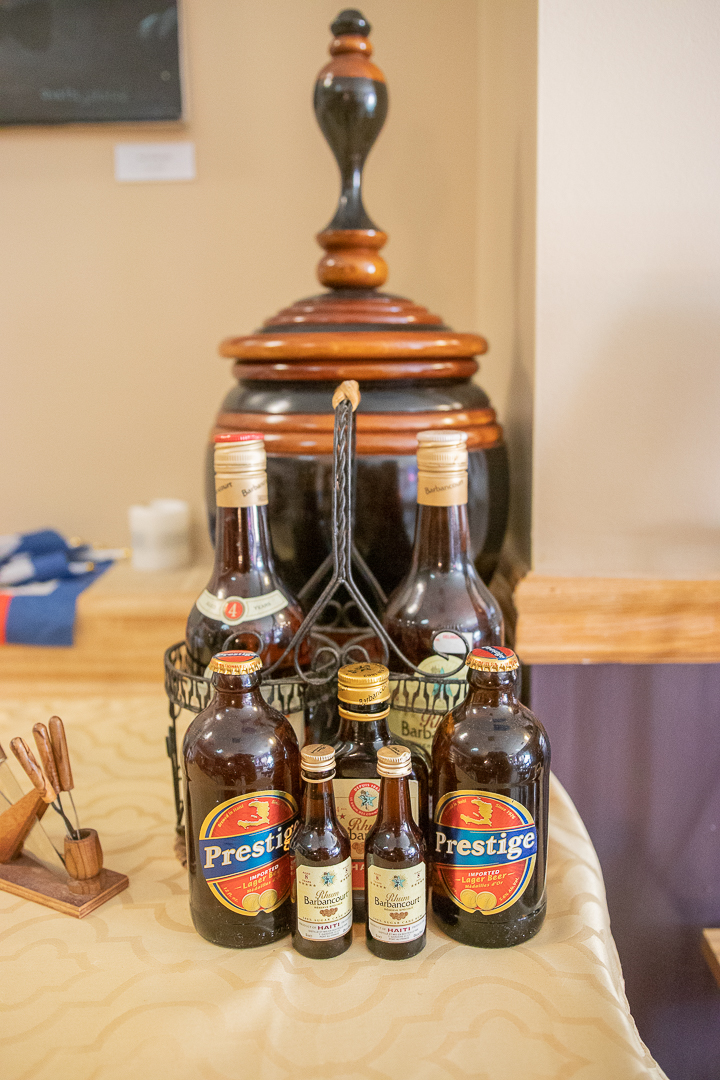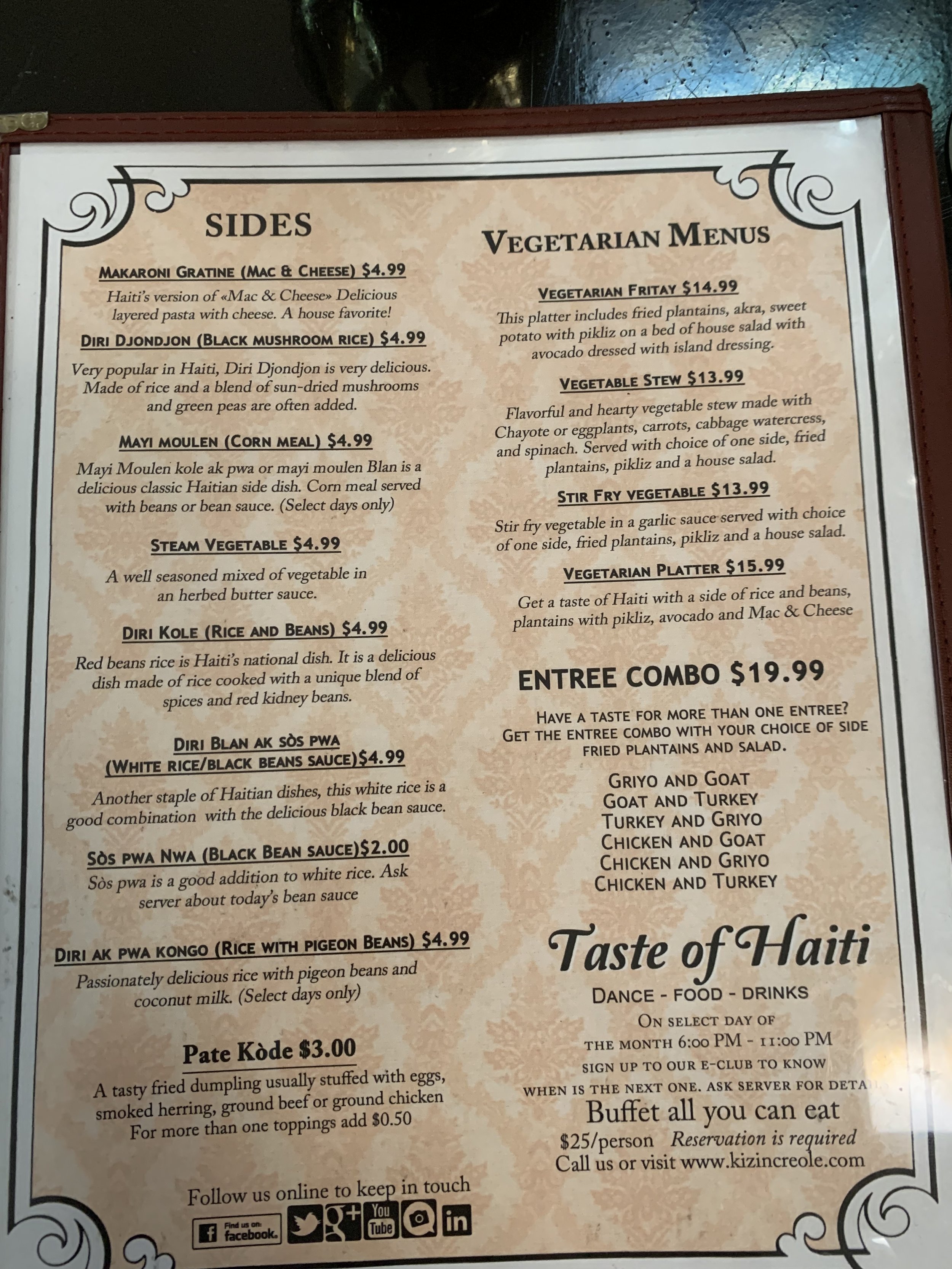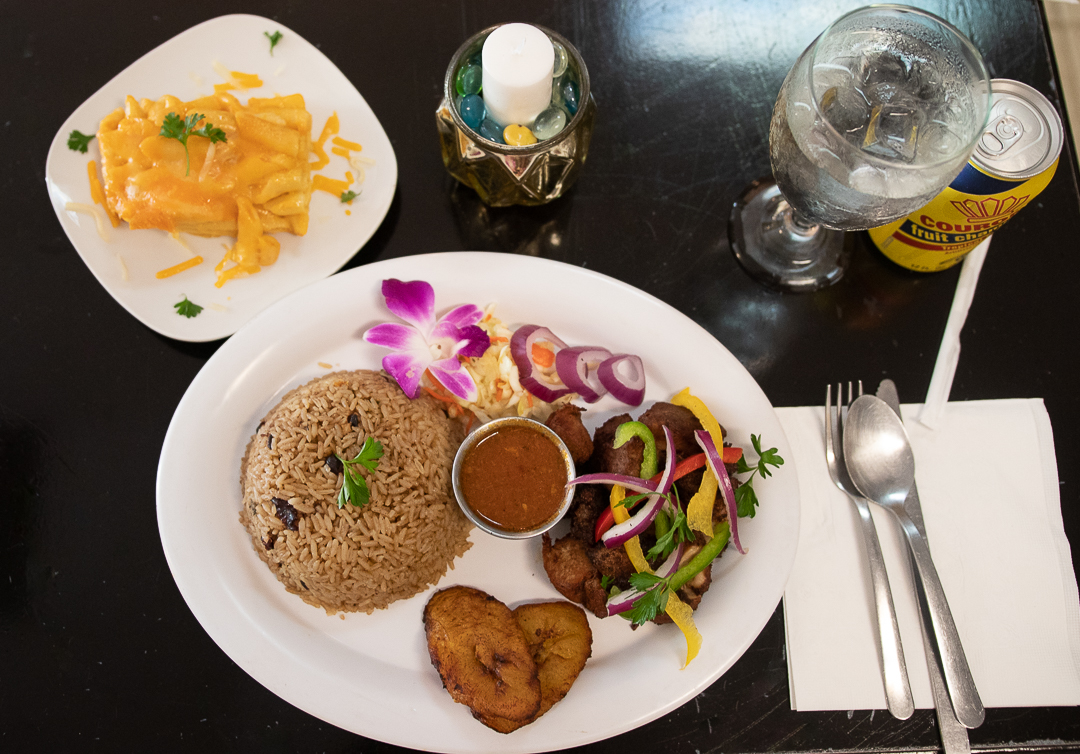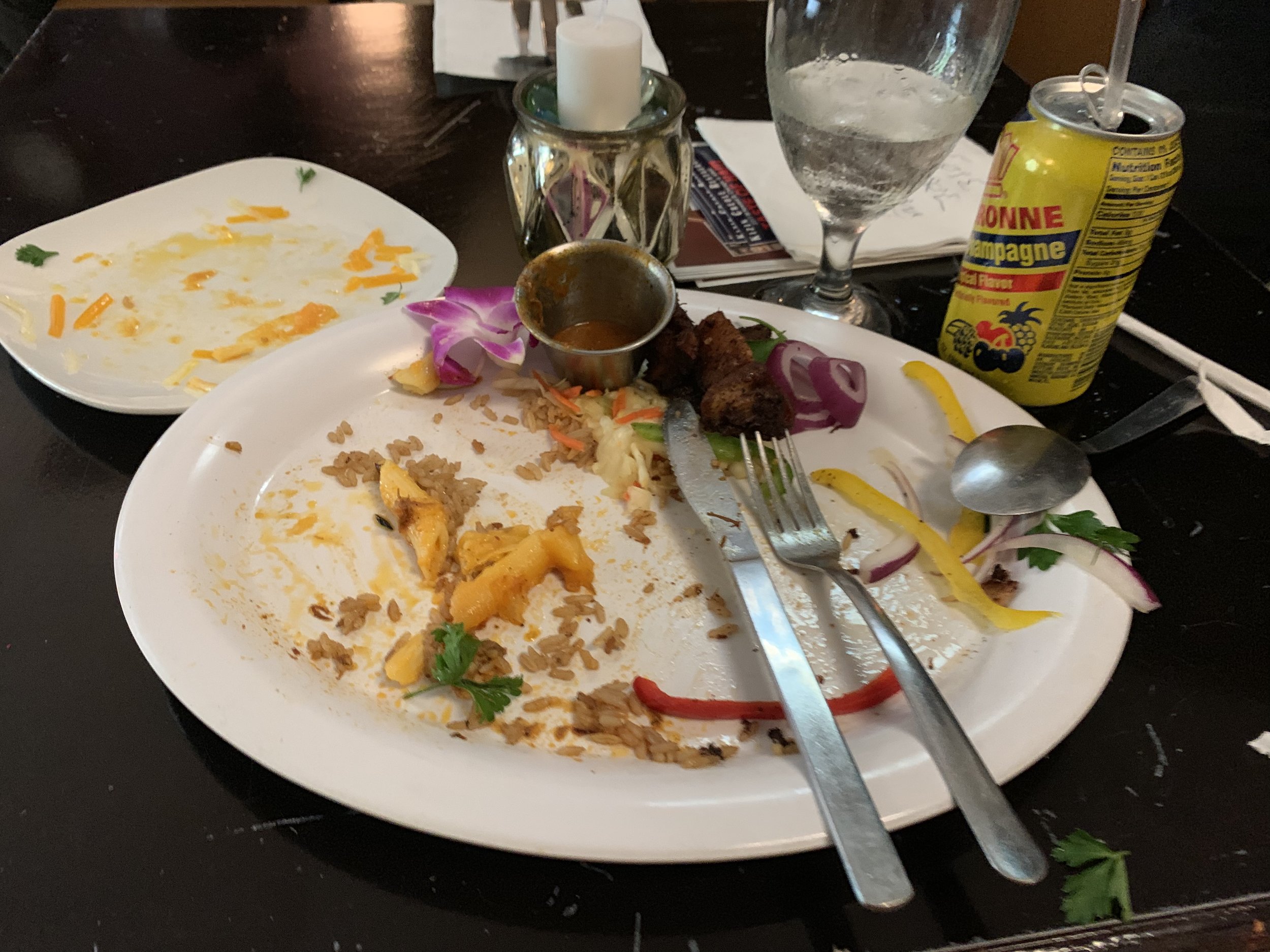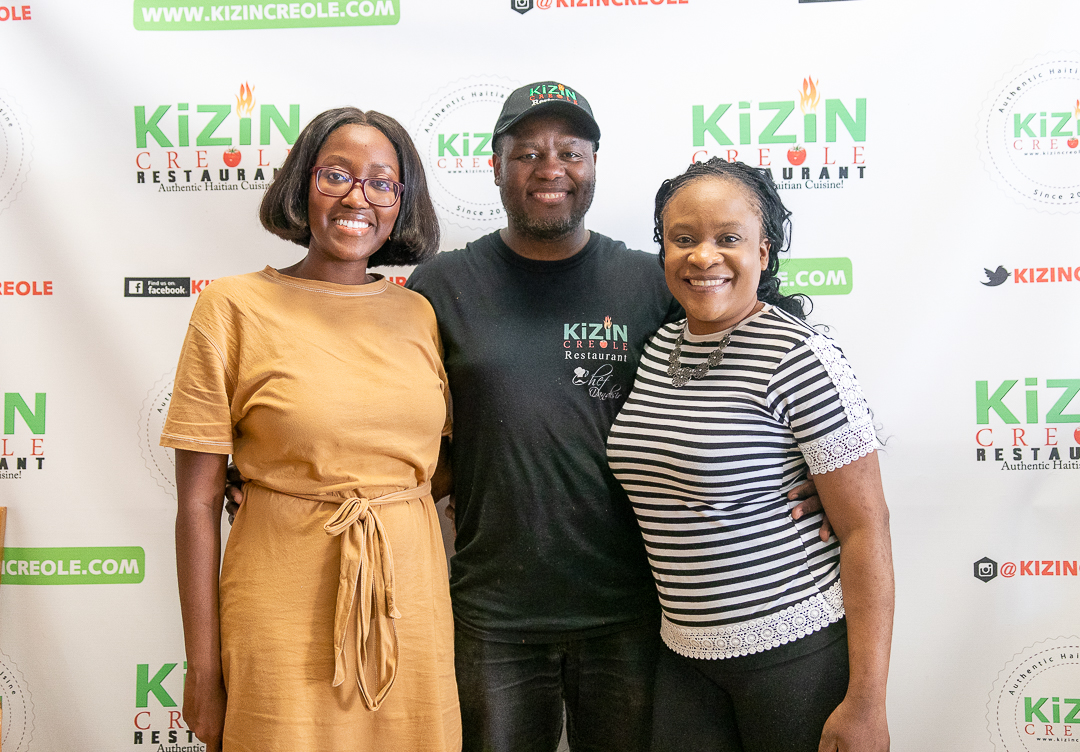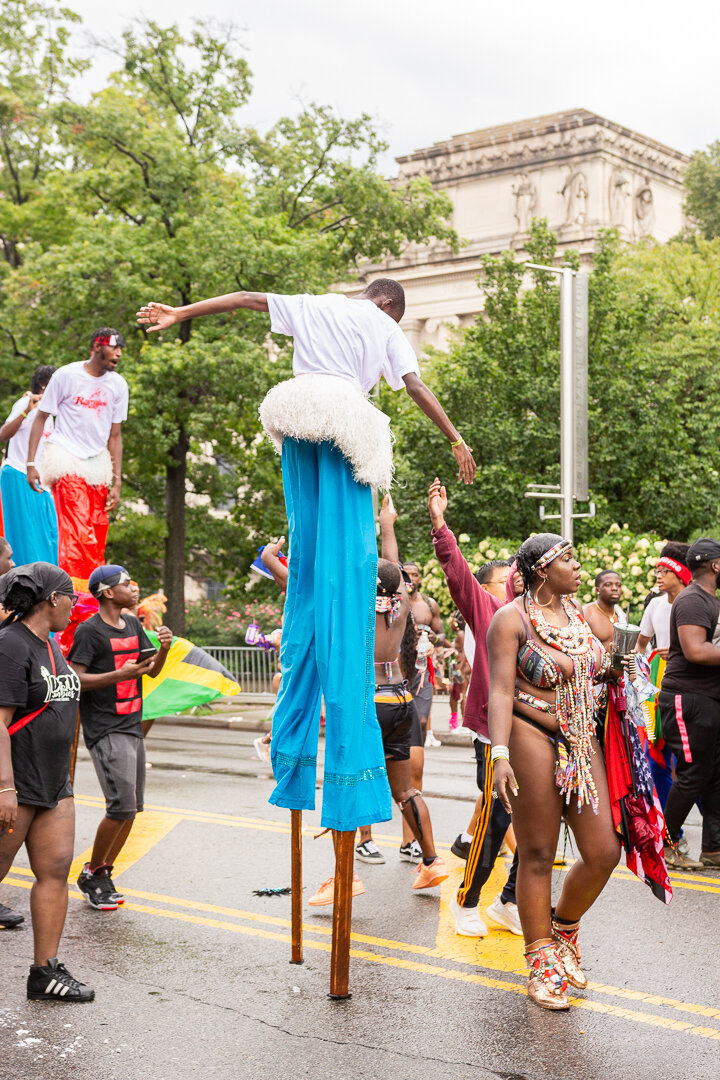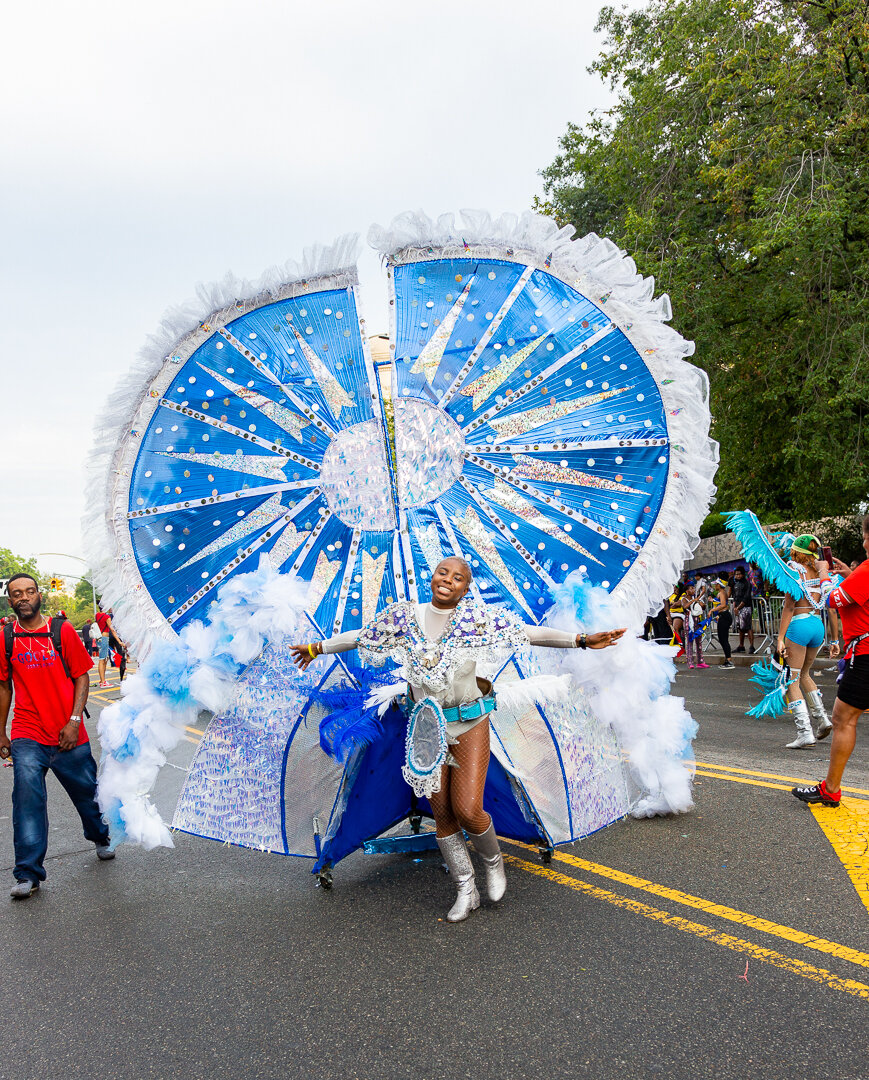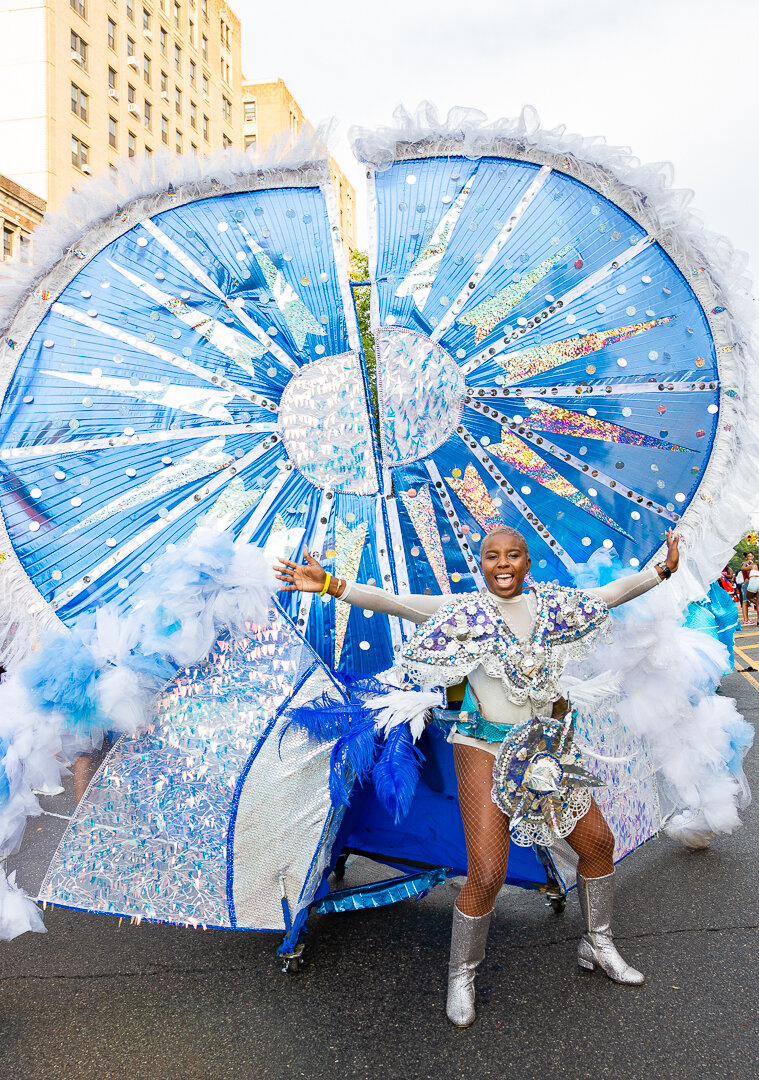Psalm 46:5
Why hello there, everyone! Another year, another “lessons I have learned” post. However… this might be my last year doing these posts. And what a fun ride it was. Fun fact: when I started making these posts back in 2020, I knew 30 would be my final year doing them. I started this during my quarter-life crisis as a way for me to document my mid to late 20s, and share a lot of the lessons I learned. I feel I have a teaching spirit at heart, so I decided why not share with others? It was also a way to creatively challenge myself. Over time… it was also a challenge in vulnerability (something I admittedly struggle with a lot). Many of these lessons came from my own lived experiences or through others whose paths I have crossed in my life. Some of them also came from moments of my brokenness and trying to just make sense of whatever my situation was.
A major lesson I learned this year (small spoiler alert!) is to relax and enjoy the journey. 29 brought a level of anxiety for me that I had never experienced before in my life. Suddenly a switch went off in my head and there was an overwhelming sense of urgency to make so many changes, but it was hard to make those changes because I was heavily operating in the past. I struggled to focus and my mind was all over the place. This all made it hard to be present, especially with so much unnecessary pressure to have my life together right now (and this economy is certainly not helping one bit). I also found myself leaning on things and people as if not having it anymore or exactly in the way I wanted would be detrimental to my progress. This is also a warning to you all turning 29 - get ready!
But the way God works, He pulled me aside (and still doing it) and showed me what I was idolizing out of fear and scarcity. He taught me to have a posture of gratitude because He will literally supply my every need (and that He did!). He taught me to lean on Him in ways I didn’t think I needed to, but I should have. He taught me not only to be vulnerable with Him, but also learn to be vulnerable with others. If there’s anything I’ve learned thus far in my relationship with God as I get older, being vulnerable allows Him to do His best work in me. It has also taught me that being vulnerable with myself and others brings more understanding and intimacy. Some areas of my life I’m patiently waiting on God’s timing *insert screaming goat meme*, but He’s showing me just that… to wait on His timing and do what I need to do. Just focus on doing my part, and He will handle the rest. I’m both grateful and humbled.
But similar to these posts, the beauty of drafts is that they are not the final product. So as I walk into 30, I am a working draft: a constant work of progress that will always be changing, evolving, and embracing all my edits. If I am not changing, I’m not living, and after the year I had at 29, I want to start living.
Without further ado, and for the last time… so we begin.
Being the good Caribbean (insert other social or cultural identities here) girl isn’t worth it. I don’t share this to say be rude, disrespectful, overall wotless, or pou fe wont (Haitian Kreyol for “be an embarrassment”). But the “good (insert culture) girl” is simply performative. Sure, you were a high-achiever, were always respectful to everyone, did always what you were told, and rarely said no so you can help everyone. However, it costs your mental health, sense of self, and freedom of expression, and your well-being didn’t matter (or anyone didn’t care). All just to “look good” in front of your community - because in a lot of our social and cultural infrastructures, appearance is everything. So long as you didn’t bring “shame” to your community, you were “good.” The more I began to step out of this “good girl” box (cutting my hair, even wearing my favorite red lipstick), the more I was told I was becoming an “embarrassment” and “what would people say”? Meanwhile… there was never a single question about how I was doing as a person, how my mental health was if I was alright and needed help. All that mattered was how I appeared to the community. Anything “off” reflected poorly on them. Turning 30… I decided to officially tap out of the performative “good Caribbean girl.” Does this mean I’ll be terrorizing the streets, breaking hearts, and homes? Not at all. It just means I refuse to allow the generational, long-running show of the “good Caribbean girl” to be my forced magnum opus and all that I am recognized for.
If you are a parent reading this, your child is not your or your family’s second chance. In the United States, when a child is born, they are given their unique identifier in the form of a social security number. So no matter if little Suzie or Sam is the fourth Suzie or Sam born in the family, they are legally identified as their person with their autonomy (if they are of sound mind and health). Consider applying the same as a parent towards your child. Now, at the time of writing this, I am not a mother, so I will not claim to know the hardships and sacrifices made in being a parent. You carry a responsibility that is a unique experience and even made more nuanced by your surroundings, life history, culture, the economy, and other factors. However, I am an adult daughter so I speak from a place of experience that I hope is also acknowledged and respected as with your role as a parent. Forcing your child/ren to live out your goals and dreams, denies your child a chance to experience the beauty of life for themselves and this can carry years of resentment and a fractured parent-child relationship until someone decides to make amends. I do honor that as a parent, you want the best for your child, by any means necessary - a sacrifice I know I will never understand until I become a mother. Feeding myself daily is already exhausting and sometimes done by force. But hear me out: sometimes wanting the best for your child could also mean giving them the space to learn about life for themselves. As a parent, there comes a time when you must release your authoritative obligation over your children and step back as a counselor. Respect that your children are in a space to want to make their own decisions and as much as it pains you (and question why it pains you and unpack it), this is a needed step into seeing your child/ren become the thriving adult you hope, prayed, and worked tirelessly for.
And I know some parents need to read this: Your children are not a setback to the life you want to live. It is still possible for you to enjoy your life as you want to, even with children! Is it hard? Yes. Do you have to wait a bit longer? Maybe. Will it look the same as you imagined? I can’t say yes or no to that. I’m not a parent. However, I do know that you can enjoy a fruitful, thriving life as a parent. Give yourself the chance to experience and enjoy life, and you can do so guilt-free. Your children are watching you - you owe it to yourself (and them!) to live a life of happiness.
Disclaimer: If your child/ren is continuously wreaking havoc and making decisions that actually harm themselves or others… forget all I wrote and snatch your children back like a receding hairline. Because the first people we will look at is you when we ask “Who let this child outside?”
If you are an adult child reading this, you are not your parents’ or family’s second chance. Your parents are humans with their successes and failures and made decisions (whether great or poor) according to what they knew and had available to them at the time. You are a human with your own identity, personality, thoughts, and feelings. This doesn’t mean you’re exempt from being questioned when you do something out of the “ordinary” (especially when it may be for a genuine concern for your well-being). And if expressing your individuality with confidence may cause negative consequences for you and your familial relationships, so be it and embrace those consequences with open arms. It’s your life that you have to live every second of every day while you are still alive.
However, I know there are those of us who come from communities where stepping out of “bounds”, can have harmful consequences from the community: social isolation, financial hardships, physical/verbal/emotional abuse, and maybe even death (sorry to get this sad, but that’s a reality for some people). Use discernment with your situation and plan your next steps with prudence.
Disclaimers: Again, if you are participating in behaviors or your self-expression is of great harm to your well-being that can have potentially damaging outcomes, this doesn’t apply to you. Accept the help your family and loved ones are trying to give to you.
Your heroes are also human and have the capacity to fail. Your heroes can mean your parents, family or community elders, bosses, or anyone who you may look up to or have a designated position of authority above you whom you deeply respect and admire. As I get older, I’m learning to let go of this over-romanticized version of those heroes always doing the right things or always having the right answers. I learned some very harsh truths over the past few years that forced me to humanize a lot of these heroes. Every hero has their backstory and it’s not always glitz and glamor. Sometimes heroes even stumble and struggle to get back up (or unfortunately, stay down and become villains). Remember, even Superman had his weakness of Kryptonite.
Disclaimer: This does not mean to not hold those heroes accountable - some of them who turned villains may need to sit in (or even under) jail. But even villains are humans and have their own background stories that lead to the poor decisions they made that impact them and others.
You cannot take care of others if you don’t take care of yourself. In my journey to be the fine, rich auntie (the “fine” I got down, but the “rich” is still in progress - Amen.), I learned that to be an auntie/big sister to others I must give myself the same love and attention to myself. How can I pour into others from an empty cup? I need to spend more time showing love and appreciation for myself to be able to extend the same to others. You cannot give to others what you cannot do for yourself.
Side note: Is it possible to still classify as the fine, rich auntie if you are married with children? Let me know, because I’m trying to do all of that.
Allow scarce times to build creative experiences. In this season of inflation and a recession, it’s too easy to look at what you don’t have because of a lack of finances or having to make significant sacrifices to meet the bare minimum of basic needs of food, clothing, and shelter. However, scarce time can potentially provide an opportunity for creativity to take up space and find new ways to do things.
Can’t afford to travel? Explore your local area and discover new gems.
Can afford a nice meal at a restaurant? Look up the recipes online and make them at home - you increase your cooking skills and have the satisfaction of making an amazing meal from home.
Rice and beans are all you can afford? Find creative ways how to make the most delicious rice and beans meals from different ethnic cuisines around the world. Never underestimate the power of being able to turn a “struggle meal” or a few ingredients into something extravagant.
Can’t afford to keep up with your hobbies? This creates an opportunity to find a new, low-cost, or even free hobby and embrace a new community surrounding it.
You have food at home. I know this is a mantra many of us heard growing up from our parents to save money instead of always buying food outside (and look at us now as adults saying the same thing). But this year, this quote has been close to my heart when I fret about anything I may not have. Look in your existing toolbox first before seeking resources elsewhere, you just might already have what you need.
Let go of “what could have been” and embrace “what’s here now.” So many of us live with regrets about what we wish we did. Holding on so tightly to the regrets of the past can cause the present to fly right by you like a dollar van driver getting chased by the police. Don’t make present decisions based on your past action or moments. Learn from your past, but don’t let the regrets to influence your present or future. The present can be raggedy sometimes, but there are also some amazing moments to savor as well. As the Nigerians say, “Chop life, don’t let life chop you.” Loose translation: Live life to the fullest while you are here now.
Focus less on the results of the outcomes and focus more on the experience of the journey. When you focus more on the outcomes of whatever you are trying to accomplish, you will miss out on the experience of the journey. You cannot control the outcomes (because… life happens), but you can control your actions and what you do to possibly influence the outcome. 29 taught me valuable lessons of letting go of control and just letting God handle business, and just do my part. Because at this point, if I don’t let God fix it… it’s not going to end well.
Be intentional. Yes, sometimes it is good to go with the flow, but not always… going with the flow of the river without some sort of goal in mind can have you traveling aimlessly forever. When you don’t have a vision or even a small goal for your life, you will see how quickly you are tossed in the throes of life and nothing to ground you and stay on track.
Life can and will humble you, and what goes around comes around. Over the past few years, I have learned the foolish delusion of this phrase “Oh, it could never be me.” The way life will come and slap you so hard with no respect, and then guess what? It becomes you. Be careful looking down or reveling at others’ despair as if you are better than them (especially when you don’t the full story). The same situation you were cackling at can come back around in a quick 180 and snatch your edges bald, too. A famous Haitian proverb says “Wap kon jorj,” which literally translates to “You will know George.” Who is George? The community is still in conflict about who it is, but we all know for certain… George is not someone you want to deal with, so humble yourself and mind your business.
You can still correct others with love and grace (and some extra tough love, if needed).
But some situations can be avoided if you listen and adhere to wisdom. Work hard to ensure your best that it could never be you when the situation (but again… life be living.)
Perfection doesn’t exist, and that’s okay. As far as I know and accept, Jesus Christ is the only perfect human being who ever lived, and who still endured what we go through as humans (and even worse). And as far as I know and accept, I know I’m not Jesus. I’m Rose. I can attempt to be like Jesus in my interactions and love for others. However, I’m also Rose, who has experienced and still experiencing my obstacles in this life. This doesn’t mean for me (and you) to go out of the way to intentionally self-sabotage goals or paths. But it means letting go of having everything be exactly the way I envisioned it because if not exactly how I want it, it’s no good. Embrace the imperfections and the failures, there can be beauty and very important lessons learned from those. Shoutouts to Erykah Badu’s “Didn’t Cha Know” for sharing this same thing:
Time to save the world
Where in the world is all the time?
So many things I still don't know
So many times I've changed my mind
Guess I was born to make mistakes
But I ain't scared to take the weight
So when I stumble off the path
I know my heart will guide me back
What you think is a flaw can be your superpower. When life hands you lemons, make lemonade. I know this clique is overdone at this point, but it’s true. If possible, turn that negative (whatever it is) into a positive. It puts you in a position to realize that you have more control over your circumstances than you think you do and encourages you to try to find a glimmer of light in the darkness.
Insanity is doing the same thing over again and expecting different results each time. At some point, I got tired of cleaning up the messes I made and so should you. This is not to victim blame, but sometimes we may prolong our suffering because of our actions and reactions to it. If you don’t make an effort to step back and reflect on how you can navigate a situation differently, you will continue to be in the same negative cycle.
Success is objective. We place so many expectations on what success is supposed to look like with an emphasis on it being physical - something we can see and touch. This leaves the unseen areas of success to not get the shine they also deserve. At 30 and at the time of writing this… I openly can admit I don’t yet have some markers of success someone my age is “supposed” to have, but a lot of my successes in the past few years where I am seeing some fruits are not physically tangible at all. I have matured (and still maturing) and become more self-aware (often too self-aware, haha). I am learning where I shine and where I could make more improvements. Some of the tangible successes I have achieved are just small seeds right now, and I look forward to continuing watering them for them to grow. My life right now doesn’t look like my Pinterest boards, but with each step I take toward progress, lessons I learn (and apply them!), and trusting God’s plan (with internal screaming), I’ll be where I’m supposed to be. In the meantime, I want to appreciate the process and small wins (and even losses) of my journey. A win no matter how big or small, seen or unseen, is still a win. My time will come, and so will yours. When it does, your fruits will be even that much sweeter.
Move at your own pace. Destination anxiety (especially when pushed on you by other people) is the worst. You take on others’ worries instead of focusing on your timing and pacing. I know for me - nothing good at all comes out of rushing my progress. If your circumstances allow you to do so, move at a pace that you know and trust works for you. However, time is one of the most precious finite resources that you will never get back, and sometimes urgency may and will be required. Choose wisely. In the words of Chadwick Boseman, “Take your time, but don’t waste your time.”
Growth doesn’t happen without discomfort. In working with students, I would always tell them, “You have to be comfortable with being uncomfortable.” Honestly, I have been on God’s list of strongest soldiers for the past few years and I’m exhausted LOL. Sometimes, I feel like a boxer who is having the brakes beaten off of them and the referees are taking their sweet, slow time to call for a time-out. There are days when I say “Lord, I’m waving my white flag and I’m tapping out for a bit.” However, I know growth happens when you are stretched and challenged, causing discomfort. All I can do is just trust and praise God in those seasons and keep pushing through.
Although, a break once in a while would be nice. Please, Lord… I need it.
Delay gratification. In this world, where we can access almost anything with the press of a button and even have it delivered in two days (for all my Amazon Prime lovers), the experience of waiting for something is almost unheard of or can be very frustrating (especially when you see others getting what you want with the snap of a finger). Learning to delay gratification can teach a lot about having discipline and also enjoying the process. Plus, some things aren’t as sweet when you get them too easy. There are also some goals in life that may require you to take a step back and embrace seasons of hard work and sacrifice. However, they won’t last forever! But to get to the next stages of where you want to be in life… you have to adjust accordingly.
Side note: What a 180 from last year when I wrote I was basically a soft-life woman in training. Can you tell what type of year I’ve had? This economy and being 29 has humbled me in ways that I’m both grateful and stressed.
I’ve also started reading “Atomic Habits” by James Clear and wow… if you struggle to create good, consistent habits and want to learn why - pick up this book. The first few pages (literally) were enough to help me realize I need to get some ish together. It’s as easy as being 1% better today than you were yesterday.
Have the audacity and carefree attitude of a child, but the wisdom and awareness of an elder. What I admire so much about children is that they do not care. Children are in a unique time in their lives where they can freely say or do as they feel (for the most part) without repercussions. When a child decides to tell you about yourself, brace yourself because your feelings will be hurt. When children state their boundaries, they say it without the tinted colored glasses of the world and they stand on business. What they said is what they said. However, as adults, that child-like way of saying how we feel may not fly, and those cute moments of “Kids Say the Darndest Things” aren’t always so cute on a grown adult (a select few may get away with it). However, when you combine the wisdom of an elder in learning how to have grace, tact, knowing when to engage or disengage in dialogue, and self-respect, that child-like audacity becomes a breath of fresh air in an adult.
As you grow older, don’t neglect the inner child that still exists within you. At 29, I learned so much about the “inner child” and how it can often show up in adulthood: my reactions, my interactions, and even my present and future. As we get older and have to take on the responsibilities of adulthood and whatever else life throws at us, it’s so easy for us to neglect the child that exists within us. That child (as children do) when in need of attention can act out in ways that isn’t really becoming for an adult. Take the time to interact with that inner child and attend to their needs. Assure them that attending to their needs may look differently as an adult, but you are still doing your job to care and protect them.
Examples of nurturing the inner child may include: healing from past traumas, watching a favorite show that brings a feeling of nostalgia, looking back at your past goals from childhood and what seems applicable to do in your adulthood.
Embrace the wisdom and guidance of the elders. As much as we poke fun at how the community aunties and uncles enjoy terrorizing us, there are elders that really do want to see us win and have so much wisdom to pass down to us. I think of the community elders in my life that are still here or have gone on home to Glory, and find myself repeating their sage words of advice repeatedly. It didn’t make sense to me at the time when I was younger, but as I get older, I fully understand now. The knowledge and insight we gain from them is so precious and are some of the best life hacks. Let’s do a better job of cherishing and honoring those who came before us.
Disclaimer: if you are a raggedy elder who enjoys antagonizing the youth for sport, this don’t count for you. Go away and have some shame. And an invoice for the therapy sessions for the people you have terrorized will be waiting in debt collections for you. *sucks teeth*
You’re not single and lonely; you might just be bored and need a hobby. Dating while bored is a recipe for disaster. You entertain someone you would have never engaged within a season of boredom, and bam… there goes either a traumatizing experience, a turbulent marriage, or… an 18-year commitment in the form of a human that now requires all of your attention, all because you were bored. Go and touch grass. Your singleness is nothing at all to be ashamed of and is a precious time to invest in yourself! Use this beautiful time to develop yourself into the person you want to be for yourself, the type of partner you want to be (and also attract), and the parent you want to be. In the meantime, surround yourself with communities to learn about healthy relationships and parenting.
There is nothing wrong with desiring companionship! It’s okay to want your last name changed and your eggs cracked. But please, for the sake of your well-being and future, do it with discernment and patience. And the background check skills that will make the NSA agent looking at your devices smile with joy (and potentially shock). Of all the married women and mothers I know of all ages and walks of life, there is no coincidence that they all have shared with me, “Don’t rush… take your time.” They obviously know something I don’t, so I’m doing the wise thing and heeding their advice.
The same way we normalize not discussing a woman’s fertility, do the same with asking about someone’s relationship status. We tread lightly when asking about a woman’s fertility because of the possibility she may have difficulty conceiving, suffered a miscarriage, or had a stillborn birth. For some reason, we have normalized antagonizing single people for their “lack of being in a relationship”: meanwhile, people may have endured abuse or trauma that currently hinders them from being in a relationship, have tried to date and it’s just not working out for them, or have other existing priorities that dating is a distraction for that. I can say I have been asked more about my relationship status than how my quality of life is doing… And that’s troubling that we prioritize a person’s singleness over their wellbeing. It genuinely scares me that in society, someone’s relationship status is prioritized over their mental health and well-being. This is the type of mentality that will keep people in abusive or unfulfilling relationships just for the social clout being in one brings. So with the same energy to ask about someone’s relationship status, ask about how they are doing as a person and their wellbeing.
Eliminate the need to overcompensate to prove your worth to people. When you grow up in environments or societies that determine your worth based on how much you produce for others (and sometimes not even for yourself!), it can warp your self-perception, especially in seasons when you can’t produce for others (employment, showing up for others, being in service to others). Your existence as God’s creation is already enough to be worthy. You not worthy because of what you give, you are worthy as you are because of Who made you.
Learn to tune out the noise. I know almost all of us are looking at what’s on television, in movies, music (the media in general) and asking ourselves “What is that?” Just as how we place boundaries on children and what they have access to because what children see, they imitate. The same is true for all of us as adults. What you feed yourself is what you may eventually become. However, it’s a little bit deeper than that - stay with me on this one. These days, your attention span is a form of currency. What you give attention to is putting clout or money in someone else’s pockets and unbeknownst to you, you are frequently clicking links, videos, podcasts, etc. that only seek to tell you of how unworthy you are or insult your intelligence. Struggle love podcasts and fake skits, I’m looking at you! Remember this when you are consuming content - don’t allow people to rob your attention and your worth.
Side note: I understand now why the elders say turn that noise down. I was in an Uber one day and Ice Spice’s Deli came on the radio. Mentally tuning out because I was preoccupied on my phone, but when the second verse dropped, I was literally asking myself… “What is that noise?”... I think I have officially hit the “Turn that noise down” era. Or maybe it was just actually that ba- … you know what… lemme be nice.
Not everything you do needs to be “for a purpose” or “for the bag.” Have something for yourself that is just to destress or maybe share with others (even that you don’t have to do!). I’m not saying to hide away your gifts and talents, but I’m saying that it’s okay to do something for you because it makes you happy and relieves stress. I had a moment of falling out of love with photography because I was so focused on how I could monetize it. The whole reason for me buying a camera and learning about photography was to have a creative outlet that was for me to enjoy and capture amazing sights. Taking a step back has allowed for me to rediscover my love for photography and explore it in a new way.
Disclaimer: this doesn’t mean I’ll turn down offers for paid opportunities or even donations. I thank you kindly for your generosity in advance.
You can’t help everyone - and make peace with it. Don’t save them, they don’t wanna be saved. You cannot force people to heal when they are not ready. Someone else’s healing doesn’t happen on your timeline - it happens on theirs. Depending on your relationship and investment in that relationship, you can only just be there to support them when they are ready to begin their healing process. You can drop subtle seeds here and there, but at the end of the day, they can only be successful in their healing once they have decided to claim ownership of it.
Especially if the person you care for has behaviors that may impact their mental and physical health, make sure you are taking care of you. Forcing their healing is detrimental to both them and you.
Make some attempt to invest in your spiritual health. As I get older, the more I learn that there is more to this life than the physical. Having a spiritual life can help you make sense of things happening in you and in the world. Even science admits it cannot explain everything. Having a spiritual life also gives you someone and someplace to put your stress and worries towards, and also gives you something to hold on to. Sidenote: I heard that Jesus is pretty cool and is the Big Bro who wants to carry all your burdens. But whatever and whomever you decide to believe in and practice is up to you.
For the ones that acknowledge a spiritual life: spiritual strongholds do exist and the enemy is constantly on the prowl trying to snatch up our edges. Stay prayed up and have faith that you are always protected.
Be careful what you speak over yourself. The power of the tongue is real. This thing attached to your face called a mouth can be your biggest ally or biggest enemy.
Be careful what you think about yourself. The power of the mind is real. This thing between your ears called your brain (physical) and your mind (mental) can be your biggest ally or biggest enemy.
Your mouth and your mind can both bless and curse you and others at the same time. What you speak and think can come to fruition, so choose wisely about what you choose to say about yourself and others. We all slip up from time to time but get back on track as swiftly as possible.
Never underestimate your gifts and their impact. In 2023 at my alma matter’s New Year party in 2023, I was in the restroom freshening up and a young lady (a current student) entered and immediately recognized me. While working in college admissions, I have met thousands of students, so I’m really good at remembering a lot of them, but sometimes I can’t remember everyone (sorry everyone! It happens). She immediately said my name and thanked me for telling her about my alma mater/employer when she was a high school student. She said I was a huge influence in introducing the school to her and she was very grateful. By the time, she entered my alma mater as a first-year, I had already left my position as an employee there in 2019. This means almost four years had passed and this young lady still remembered me so vividly. One of her advisors at the party also shared with me how excited this young lady was to see me again. During our meeting at the party, I was in a tough spot in my life - professionally and personally and was still trying to overcome a lot of trauma I endured in 2022 and was just down bad. Recounting my meeting with her still brings me to tears, because if only she knew how much hearing her kind words meant so much to me. It was a reminder of 1) how even in my lowest moments in life, God still sees me, 2) to never (or at least try not to) underestimate my God-given gift of influence and to use it to help and educate others. Whatever gifts you have been blessed with - use them to empower yourself and, most importantly, others so we all can win.
However, I was always that girl. Not always fitting in has been an integral part of my life’s story thus far. I remember from childhood being made fun of because I didn’t fit the social status quo, when the whole time… I was way ahead of everyone… everyone else was just too scared to catch up because they were maybe afraid of standing out (no shade at all! I promise). During the era of my formative years, standing out (especially as a black child) brought a lot of negative social consequences from peers and even family. Looking back… I can’t blame some people for being scared. But when someone popular says it’s okay, they suddenly embrace it, when you all should have been embraced it instead of holding back. Instead of continuing to sit in upset (because let’s be real… the current social climate we are in right now is almost a rebellion of those who suffered consequences for being “standing out,”) I instead say “Baby, welcome to the party - there’s room for everyone.” Still run me my check and citations, though. I thank God more and more for the talents and gifts and the unique perspectives He has blessed me with and the people He has placed to affirm me. As I get older, not always fitting has become more of a blessing and one I pray to continue to cherish and fully embrace my quirks and all.
Bonus Miles.
While writing this list, I had so much I wanted to share, but it couldn’t fit within 30 parts. I knew I couldn’t finish off this post without them, so enjoy these free bonus miles to help us keep going.
Bonus Mile #1: I know I write this almost every year now, but please forgive those who have hurt you. I’m not saying to welcome them back in relational intimacy if they have not demonstrated genuine change. You can love people from a distance, but please forgive. In 2023, I have witnessed in real-time through others (and even myself) the pain of holding on to resentment and anger for years. Illness, substance abuse and addiction, mental health struggles, isolation, anger, you name it. All because people chose to hold on to anger and instead of releasing it. Forgiveness is hard and it is a daily practice (... emphasis on daily… I’m tired), but remember that small attempts to forgive will give you less weight and burdens to hold on to than keeping a painful load on your back that shouldn’t belong to you anymore.
Bonus Mile #3: The weight of an only child is heavy to carry alone - let others help you with the burden. Growing up as an only child, many people (and even myself) saw the positives of it: not having to compete for resources with siblings, my own space, the ability to be self-sufficient, and maturing faster at a young age. However, as I get older and gain more adult responsibilities, the more experience being an only child is no walk in the park. I’m trying to find the lemonade pitcher in the lemon crates (and I can at times), but I have had to carry some burdens for the past few years as an only child which pushed me to a point of major stress at 29 that impacted my health (that I am still trying to recover from). At 29, I decided the burdens were no longer mine to carry and I invited others to help me and what a relief that has been. I’m also learning that community for me as an only child looks very different: friends I make along the way can become family, family friends are family, and my biological family will always be family. The fear of loneliness for us only children is very real (and so is the pressure to create our own families through marriage and parenthood), but it doesn’t have to be. Community will look “untraditional” for us and that’s okay - it makes our lives more rich and dynamic. When I grab a sip from my lemonade pitcher, I’m reminded that I am blessed to have so many people around me who support and care for me. I’ve had front-row seats to others’ milestones, cheering them on with happiness, being a comforting ear, and learning about how different types of families exist and thrive. I pray one day you all can be a part of my milestones and celebrations as members of my unique family tapestry, and may God continue to bless you for how you embraced me and I will continue to do the same for you.
Bonus Mile #3: Loneliness and unproductive isolation can hurt you more than it helps you. There are seasons in life when we have to take a step back and isolate to focus on our goals or do some decluttering/revamping. However, if we are not isolating ourselves with an intention in mind, it can create harmful consequences that can turn into loneliness. I know I post therapy and mental health resources every year, but like I wrote last year, the loneliness pandemic is increasing more and more and claiming more lives. It still confuses me that with so much technology and more opportunities to stay connected (social media, video conferencing technology, etc.) that we are becoming more and more lonely. Something doesn’t add up here - at all.
If loneliness is driving you to a place of despair and hopelessness, please know you are not alone and help us out there for you. If you are experiencing thoughts of wanting to harm yourself or others, please check out the following resources:
Bonus Mile #4: Change is inevitable, but it’s how you respond to change that matters most. I think I can speak for all of us when I write that life happens and can happen in an instant: new jobs/careers, moving to a new area, embarking on new opportunities, finding your soulmate, parenthood, losing your job, staying longer in a place than you planned, losing opportunities, and even losing loved ones. What I learned at 29 (and pretty much for the past few years) is that life will not always go according to how you planned it - as the saying goes “Humans plan, but God laughs.” Some changes you can foresee, but some come unexpectedly (and even with heartaches). It’s how you respond to those changes that matter most. At church, the pastor shared a very powerful lesson with us: being too rigid won’t allow you to adapt to different seasons of life. Holding on so tightly to your life plans and not allowing yourself to be flexible can induce anxiety. This doesn’t mean to not plan, or have a vision, or goals - those are what can help you keep going when life comes at you - it means to give yourself room to accept that life happens and you need to pivot accordingly when it does.
And so that’s it - this is the end! If you have been reading these for the past 4 years or just joined, thank you for being on this journey with me. To be honest, when I started these reflection posts, I really didn’t think anyone would read them, until people started reposting snippets and shared with me how much they looked forward to them every year. Some of you even shared with me how it helped you on your own journeys. It’s very easy for me to underestimate my own impact on others (because I’m just trying to push through each day for myself and that’s hard enough). God continues to reveal to me how much influence I have and to use that to encourage others and give myself the same push.
It’s been amazing looking back on these and seeing my growth over the years. I would look back at these posts often in moments of reflection and was amazed at how it was almost like a forecast of what I was enduring in that particular year. I was really ahead of myself (while I’m here, I’m dropping a quick line about a 7 figure salary, little to no stress, and more stamps in my passport, in Jesus’ name, Amen). I would also look back and think “Wow… I didn’t even take my own advice (something I’m trying to do more of… I’m not perfect).”
As I enter my 30th year, I’m trying to just do the best with what I got. I’m still in a space of learning more about myself, what it means to create and maintain the life I want for myself, and learning how to continue bouncing back after moments of failure. I have no clue what this decade of my life will bring, but I’m praying for it to be fruitful and with more wisdom to gain. My book is still being written and I look forward to reading it as I go along. All I know and have full confidence in is that it will all work out according to God’s timing. Thank you all for your support - it means a lot to me. And I leave this with you: may you continue to be blessed, have strength in your own journeys, and always remember, everything will be hand delivered fresh from nature God (click for a special message).
With love, gratitude, and strength,



































